1 month travelling from Lombok to Java passing by the Gilis and Bali: how much did we spend? Find our detailed numbers about this backpacking trip.
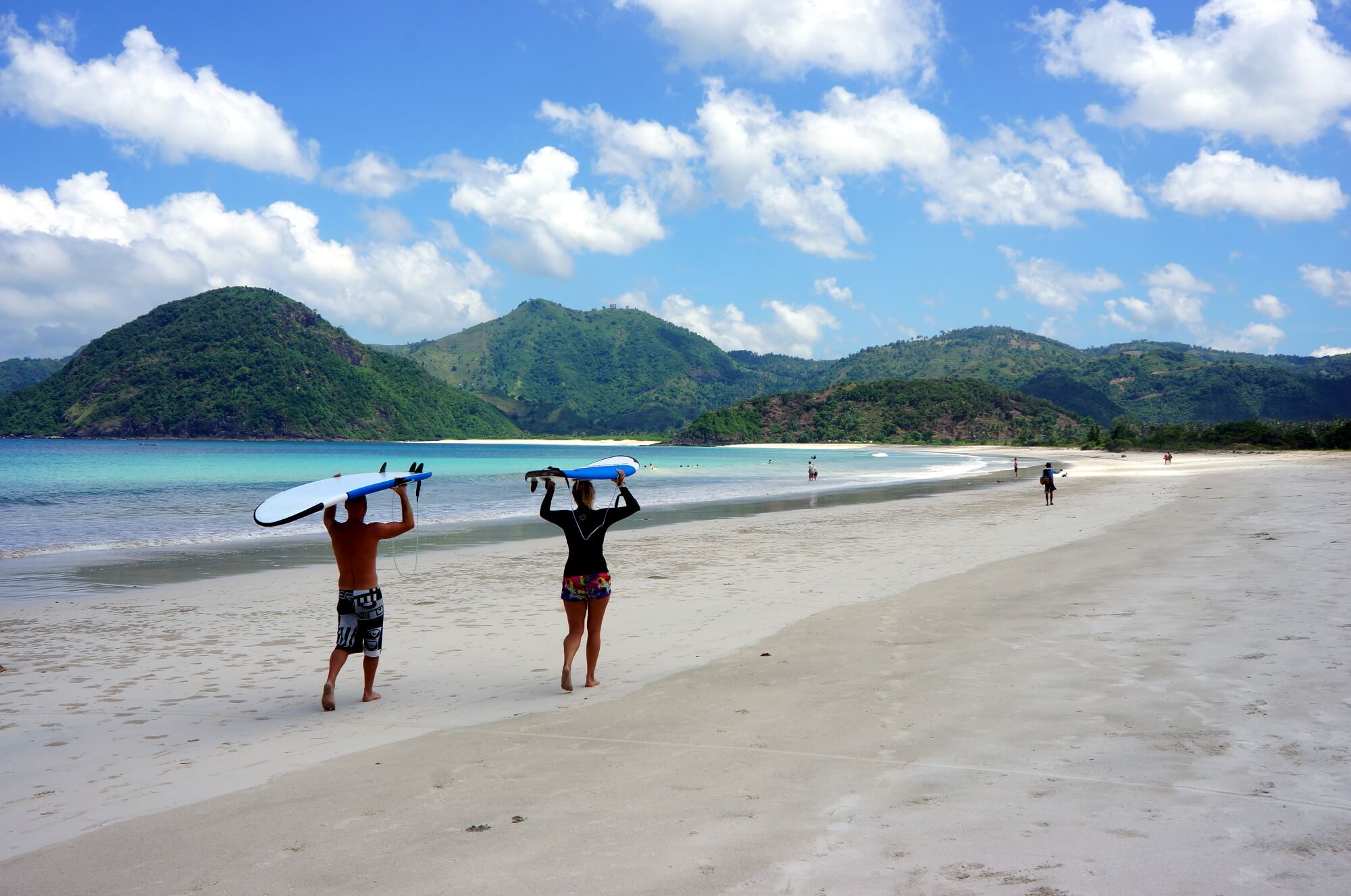
Indonesia is the ultimate paradise destination! It's the world's largest archipelago, with over 13 000 islands! Some of them are deserted islands! Needless to say, it wouldn't take a lifetime to travel the length and breadth of Indonesia...
The most popular tourist destinations are Bali, Java, Lombok, Flores, Sumatra, Sulawesi, and Borneo. On this page, you'll find all the general information you need to plan your trip to Indonesia, one of Southeast Asia's must-see countries. And if you want to go further, you'll find all our articles written during our 1-month trip through Indonesia at the end of the page.

Indonesia is often overlooked on a trip through Southeast Asia compared with Thailand, Vietnam, or Laos, for example, due to its remoteness. Yet this country has so much to offer, in terms of culture, paradisiacal landscapes, and gastronomy!
Here's the map with all our articles about our 1-month backpacking trip to Indonesia:
Because of its geography, Indonesia has a tropical climate with 2 seasons: dry and wet. As the country is so vast, the seasons are not the same everywhere... However, the best time to visit Indonesia is from May to October, the dry season. During these months, it rarely rains: this is certainly an advantage for activities, but we mustn't forget that it also means that the landscapes are drier and less verdant.
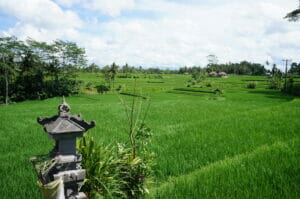
We visited Indonesia just after the rainy season, in April, and we don't regret it at all! The vegetation was lush, there was little rain and the temperatures were very pleasant. Occasionally, a thunderstorm refreshed the atmosphere at the end of the day, but that was all. In short, we advise you to visit Indonesia just before the dry season (or just at the beginning) to avoid crowds.
The wet season extends from November to April. The volume of rain varies from region to region, and it rains more in the mountains than on the coast.
There is one exception, however, if you want to visit eastern Indonesia, in particular West Papua and the Moluccan archipelago. Here, the seasons are reversed, and the best time to visit eastern Indonesia is from September to March.
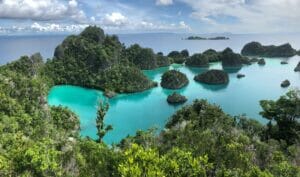
Our trip lasted 1 month through Indonesia, and when it came to preparing our round-the-world itinerary, we both agreed that we wanted to discover Indonesia. But neither of us really knew what to expect. Sure, we'd seen a few articles on the blogosphere that had us dreaming, but no plans!
Our original plan was to travel overland from Thailand via Malaysia to Indonesia. However, our itinerary was way behind schedule and we wanted to change continents. As our flight to Australia was leaving from Jakarta, we thought it would be a good idea to arrive directly in Lombok and then have 1 month to leisurely return to Jakarta. Honestly, it was a great idea! Indonesia is just huge, and if we'd started our trip to Jakarta, we'd probably never have made it to Lombok! What's more, it meant we didn't have to travel twice between Lombok and Jakarta. If you have to leave via the same airport you arrived in, it's important to calculate the journey time...
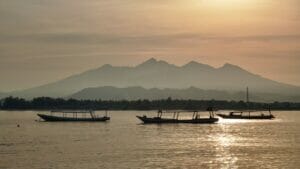
To help you plan your trip, we've put together a detailed itinerary for 1 month in Indonesia. 1 month is a long yet short time to visit a country like Indonesia! To get the most out of this archipelago, we advise you to visit several islands, as each has its own cultural heritage and very different assets. Travelers/backpackers often prefer Bali and/or Lombok, but Indonesia is much more than that! Your itinerary will also depend on your budget, as outdoor activities are often expensive... We'll come back to budget travel in Indonesia below!
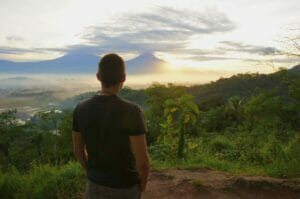
As previously mentioned, Lombok is famous for its paradisiacal beaches around Kuta, in the south of the island, but that's not all! Once you've enjoyed Selong Belanak and tried your hand at surfing, you can explore the north of the island on a scooter, visiting Lombok's typical villages and immersing yourself in nature. Waterfalls, rice terraces, hiking, etc., the choice is vast! And if you love trekking, we can't recommend a 3-day ascent of Rinjani enough!
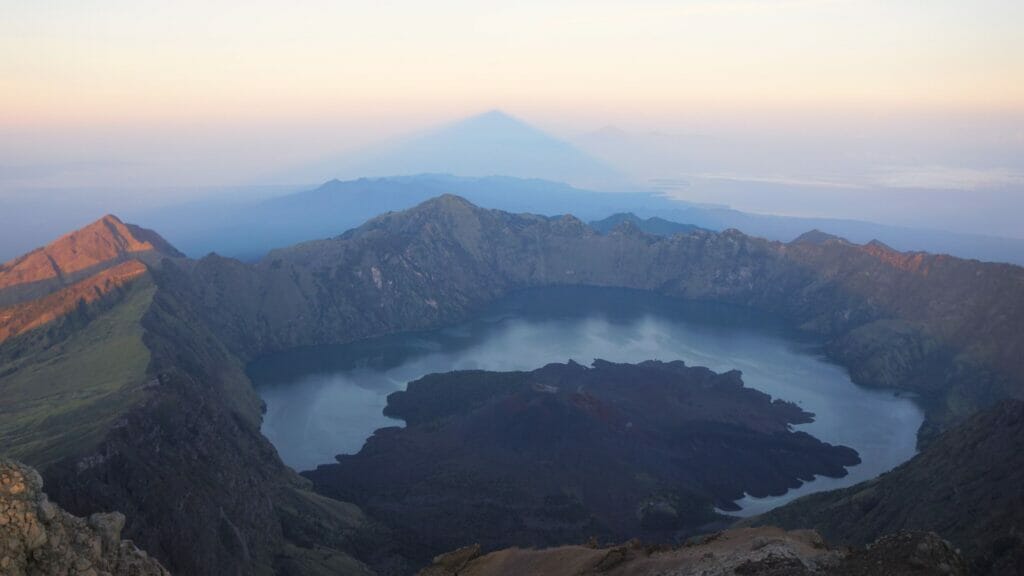
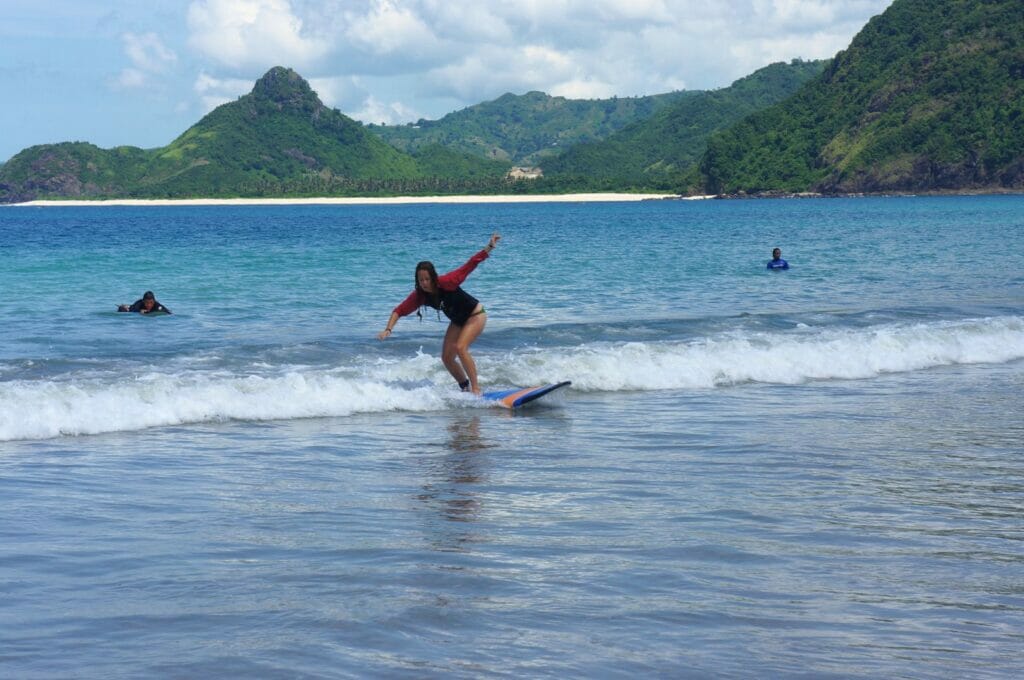
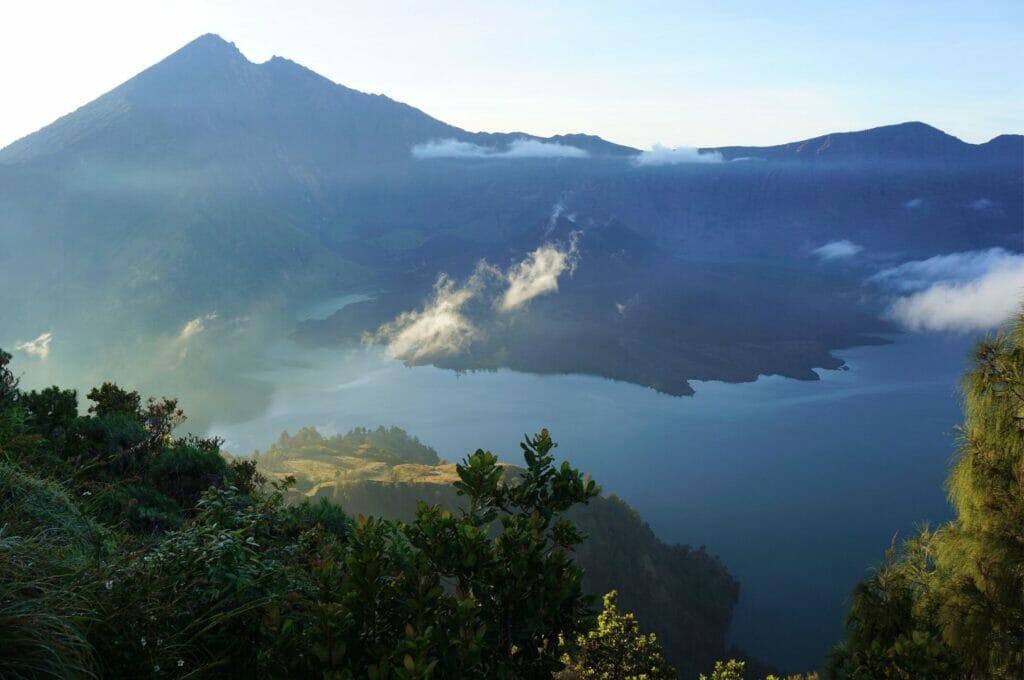
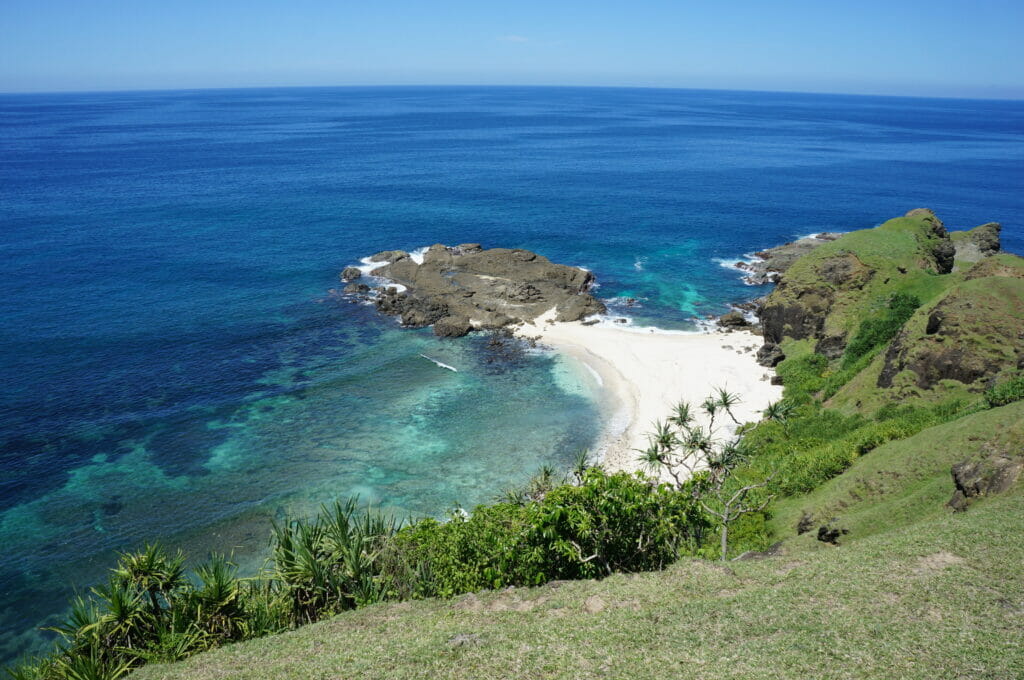
Indonesia wouldn't be Indonesia if it weren't for Bali! This Island of the Gods is very popular with tourists, whether it's for Kuta (not to be confused with Kuta Lombok!), Ubud, Amed, Sidemen, and the volcanoes, of course! Here's the itinerary for visiting Bali and its must-sees in 10 days:
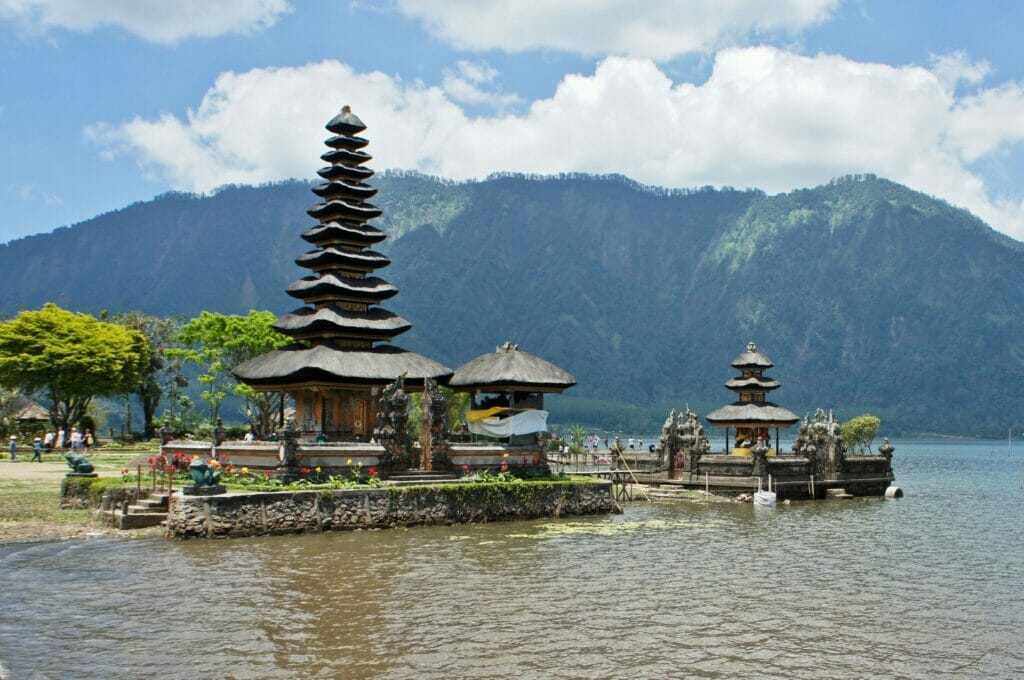
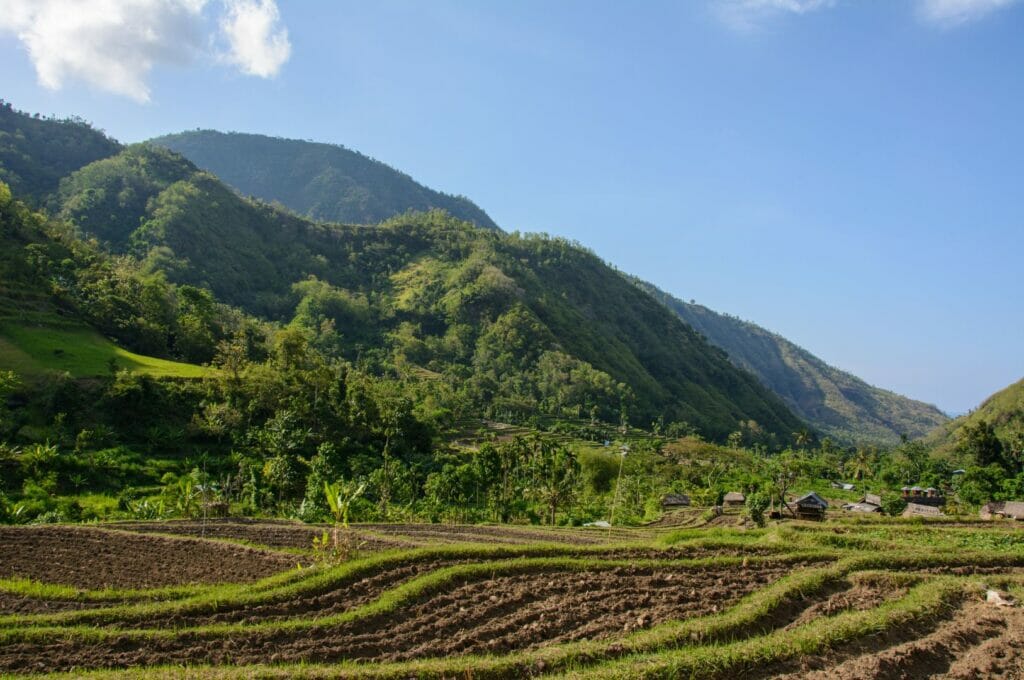
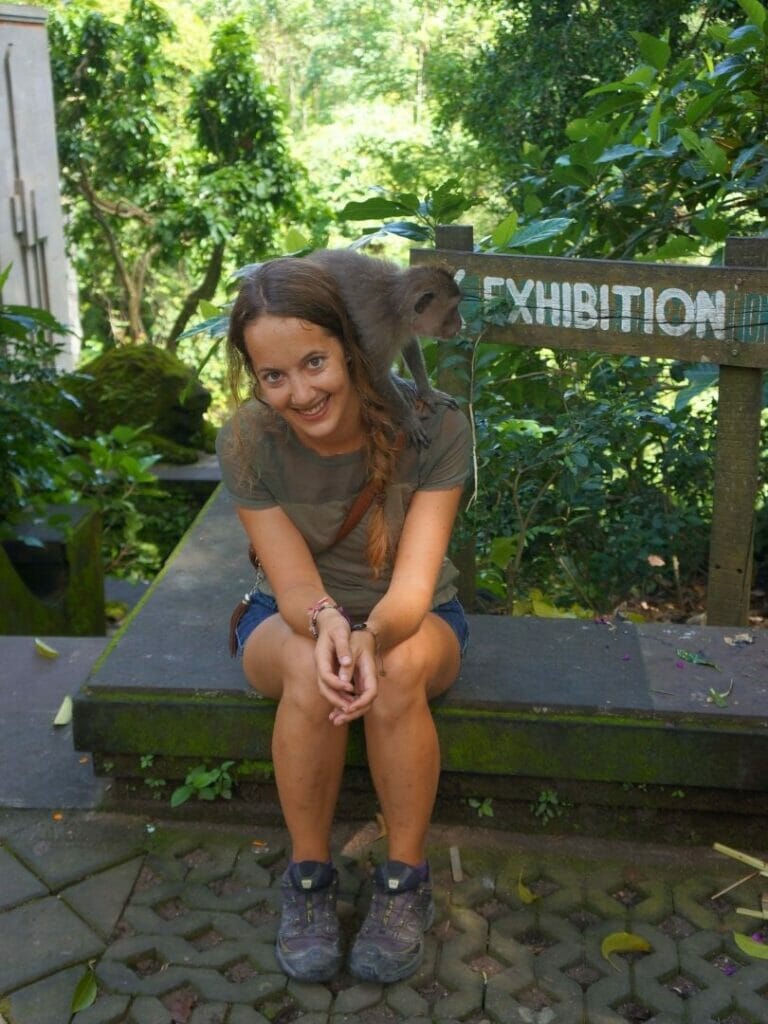
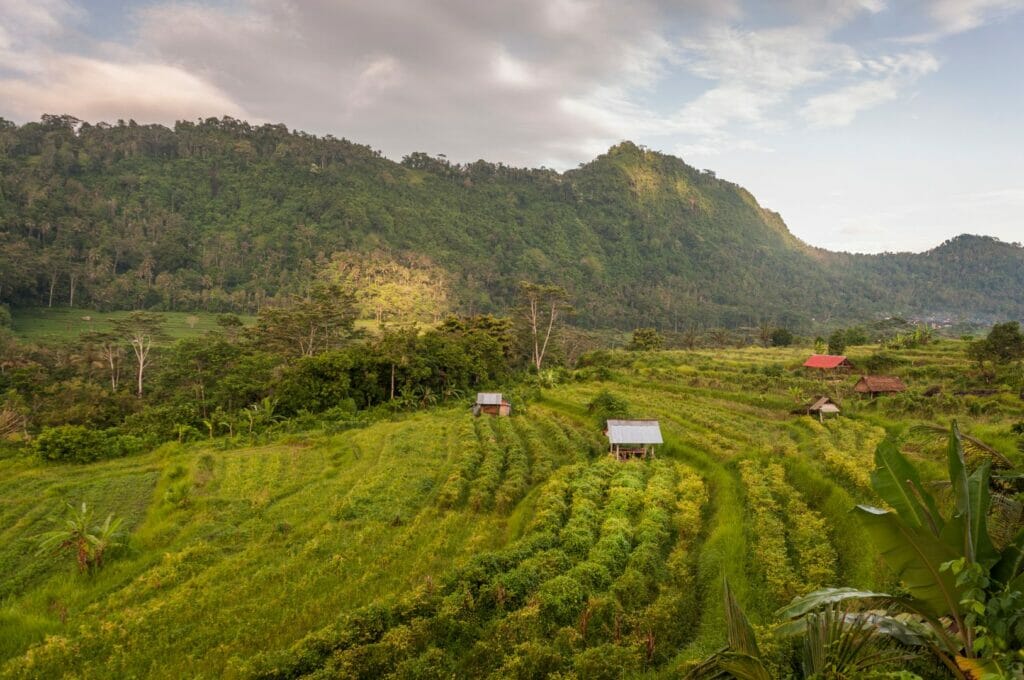
As you'll have gathered, we don't really recommend Kuta, Seminyak, or Canggu as part of your Bali itinerary. This is a very touristy area, and the preferred spot for party-goers and/or expatriates. It's a far cry from the authenticity you're looking for in a trip! But if you've come to Bali for parties, these three towns are sure to please!
The small island of Gili Air is undoubtedly one of the most beautiful diving spots in the world! We've passed on this activity in favor of snorkeling and admiring the underwater fauna and coral reefs. But Gili Air is above all a place for peace and relaxation, as there are no vehicles on the island! Walk or cycle to explore Gili Air, sip a fruit shake as the sun sets, take an Indonesian cooking class, or take a shuttle to neighboring islands: Gili Meno and Gili Trawangan... On Gili Air, take the time to savor this idyllic environment!
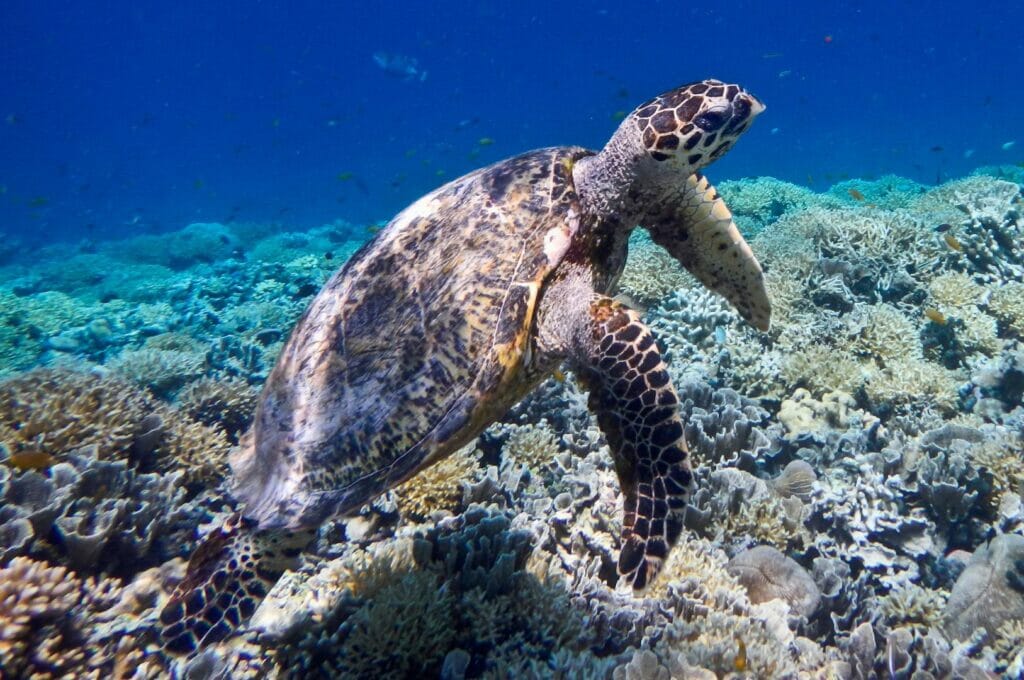
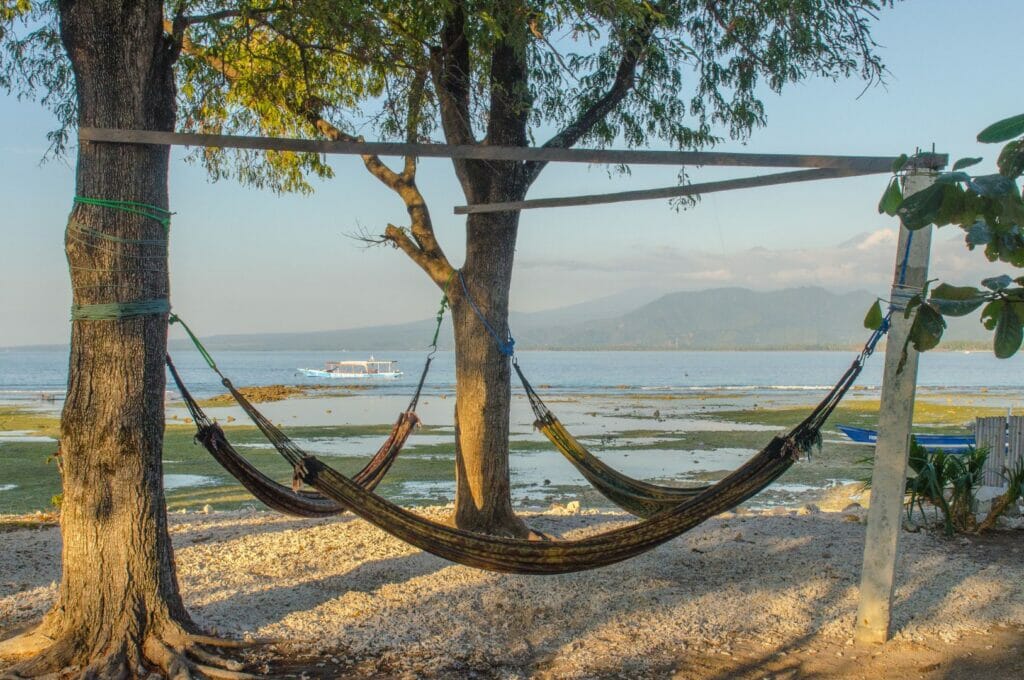
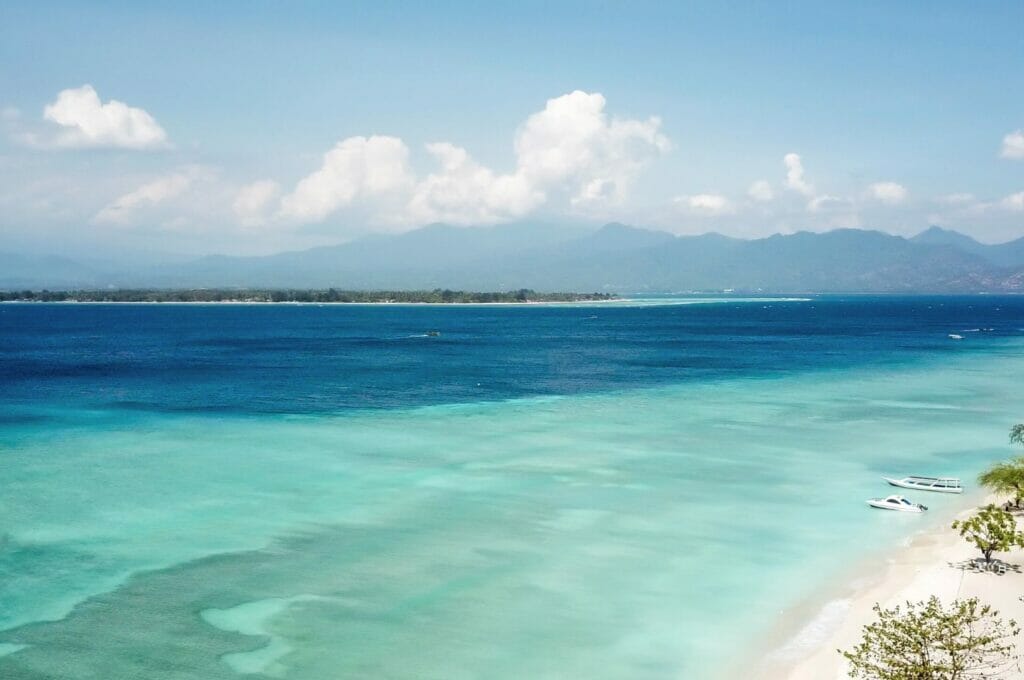
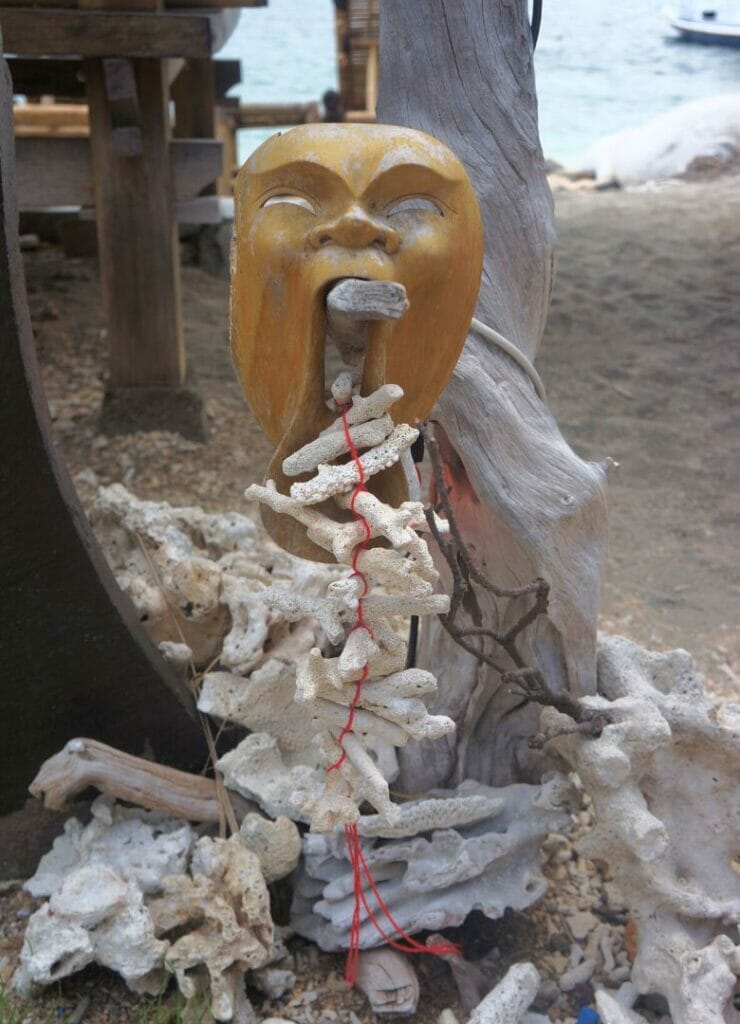
We chose Gili Air over Nusa Penida, but there's no doubt we'd have loved this 200 km2 island too! Accessible from Bali or Lombok, the island of Nusa Penida is a picture-postcard setting, with manta rays, breathtaking cliffs and white sand beaches bordered by turquoise water! How can you resist? Hop on a motorbike and take a tour of the island, lounging on the many stunning beaches and admiring the many viewpoints. The best-known spot on Nusa Penida is undoubtedly Kelingking Beach (you've probably seen this photo all over the guidebooks ;)), but other spots are worth it. Crystal Bay, Atuh Beach, Diamond Beach, Angel's Billabong, and Peguyangan waterfall (which isn't a waterfall, but rather a staircase leading down the cliff to a temple) are the most remarkable, but I think everything on Nusa Penida is!
Note: Nusa Ceningan, the neighboring island, is just as heavenly as Nusa Penida, but smaller: you can easily visit the island in 1 day.
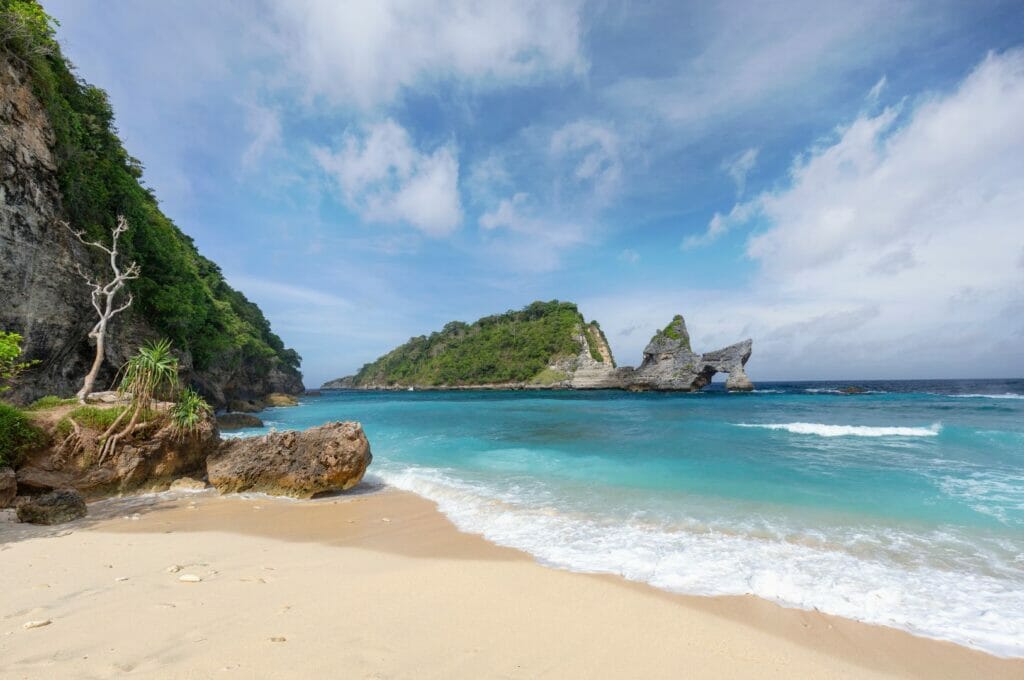
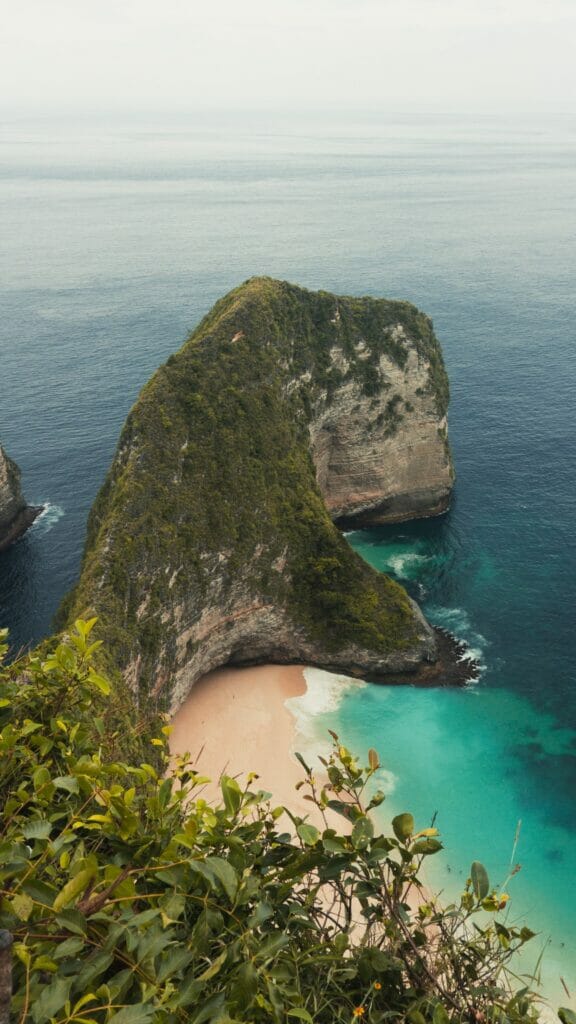
With more than 1 000 km of coastline, we had to make some choices when it came to planning our itinerary on the island of Java! We opted for the east and center, ending up in Jakarta to catch our flight, but there's so much to do on this island! Here's our 1-week itinerary and some ideas for extending your backpacking trip to Java in Indonesia:

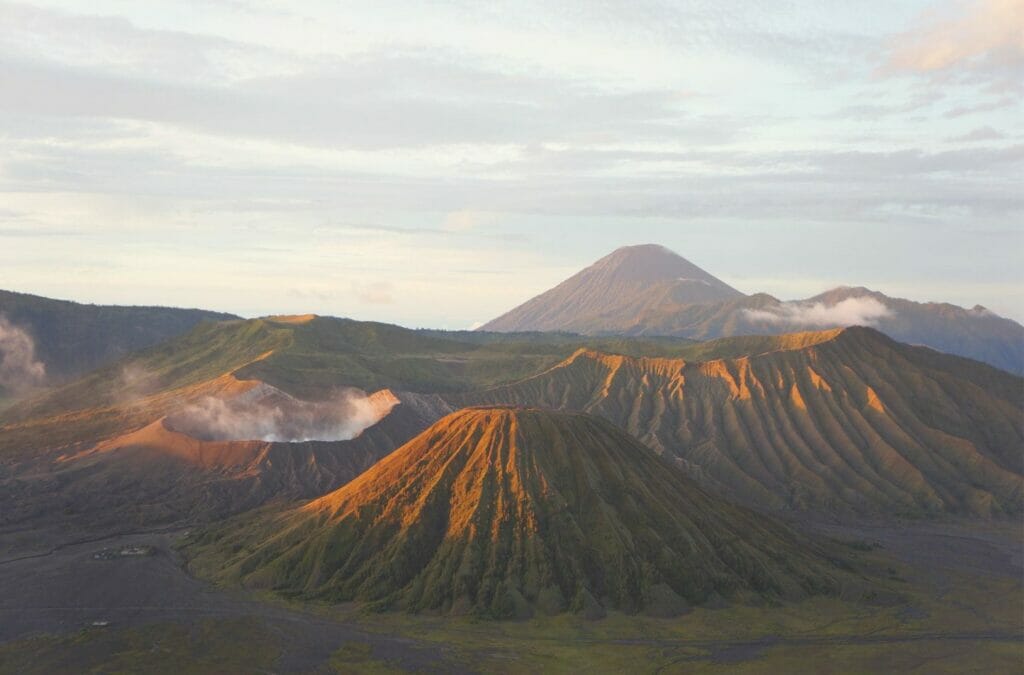
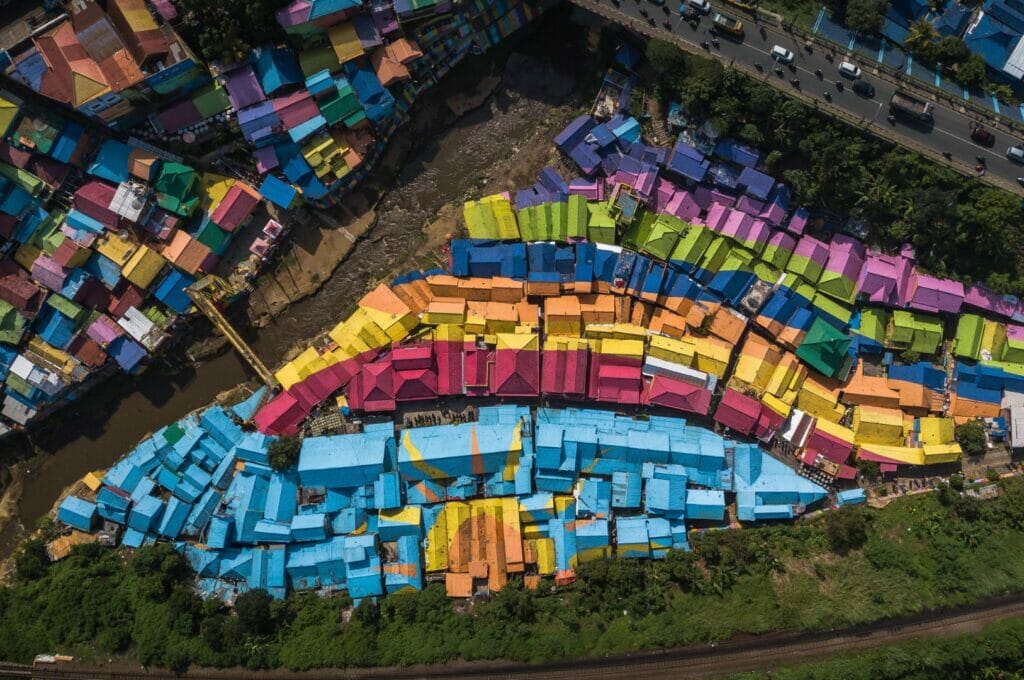
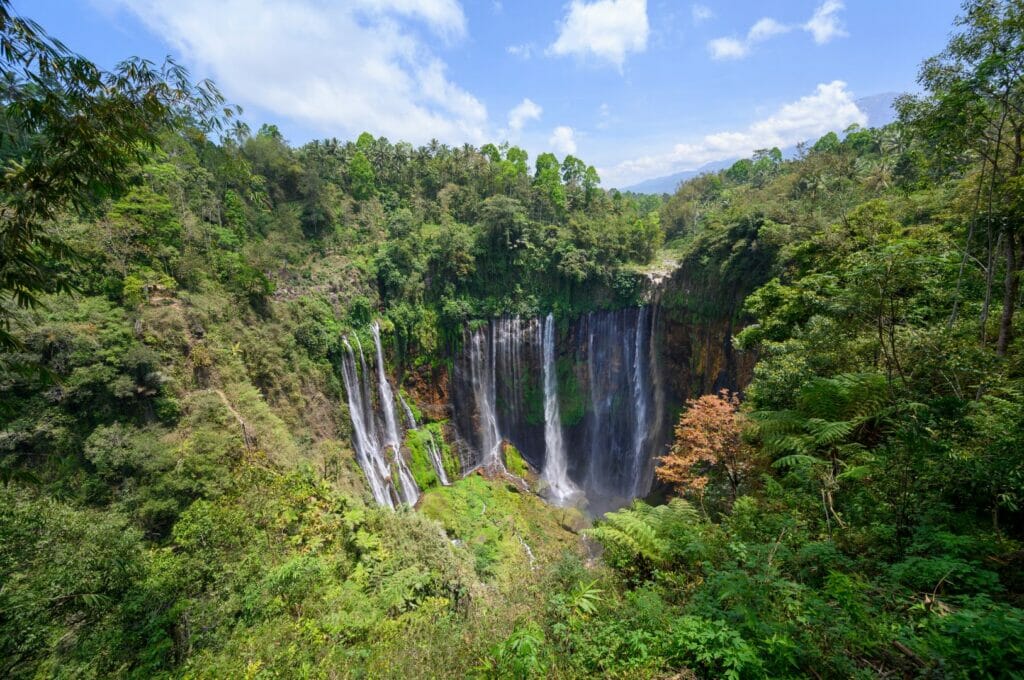
Note: we don't necessarily recommend a stay in Sumatra, Indonesia's capital city, which offers little interest.
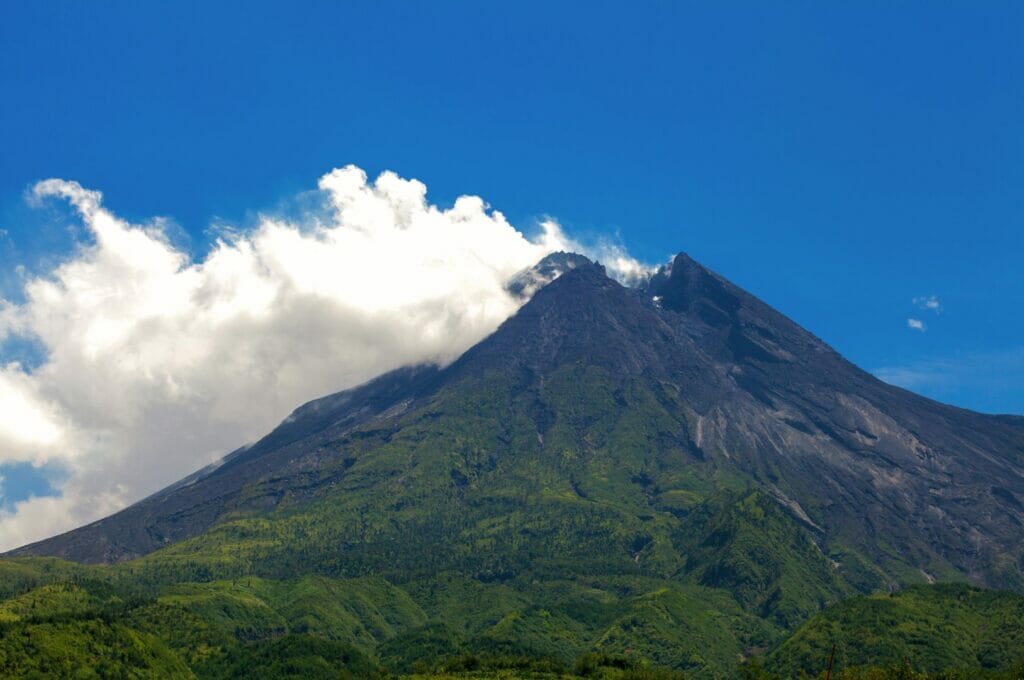
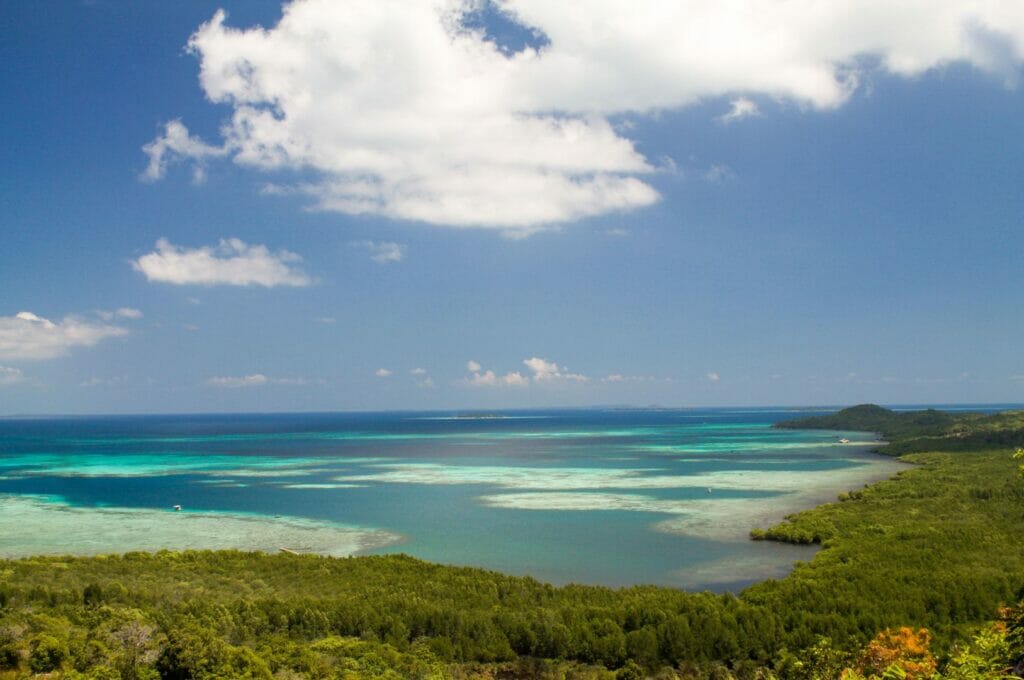
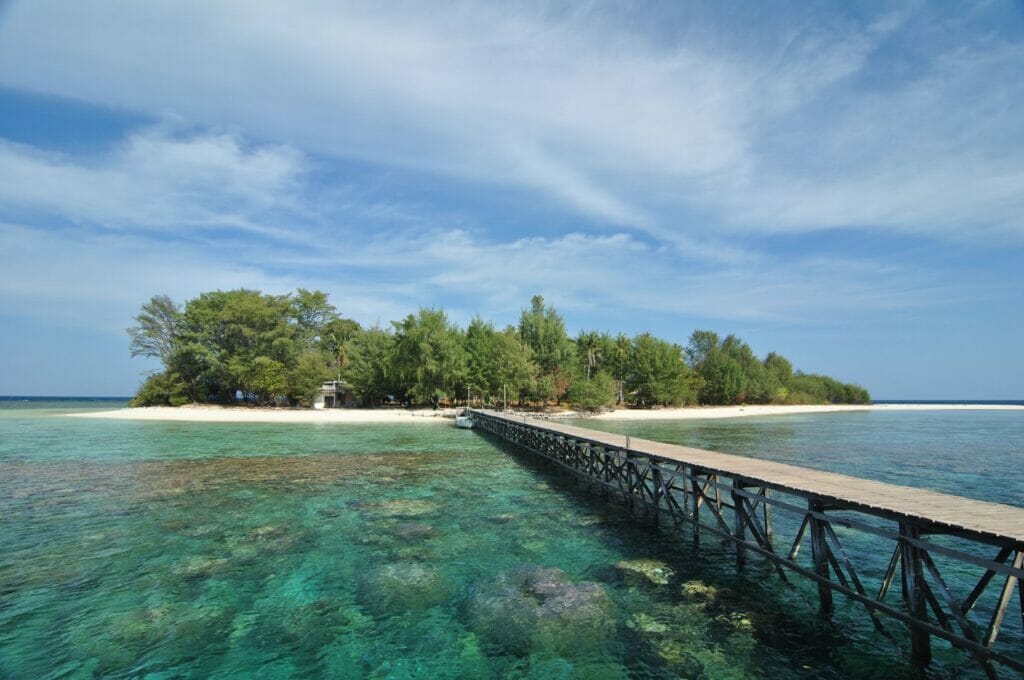
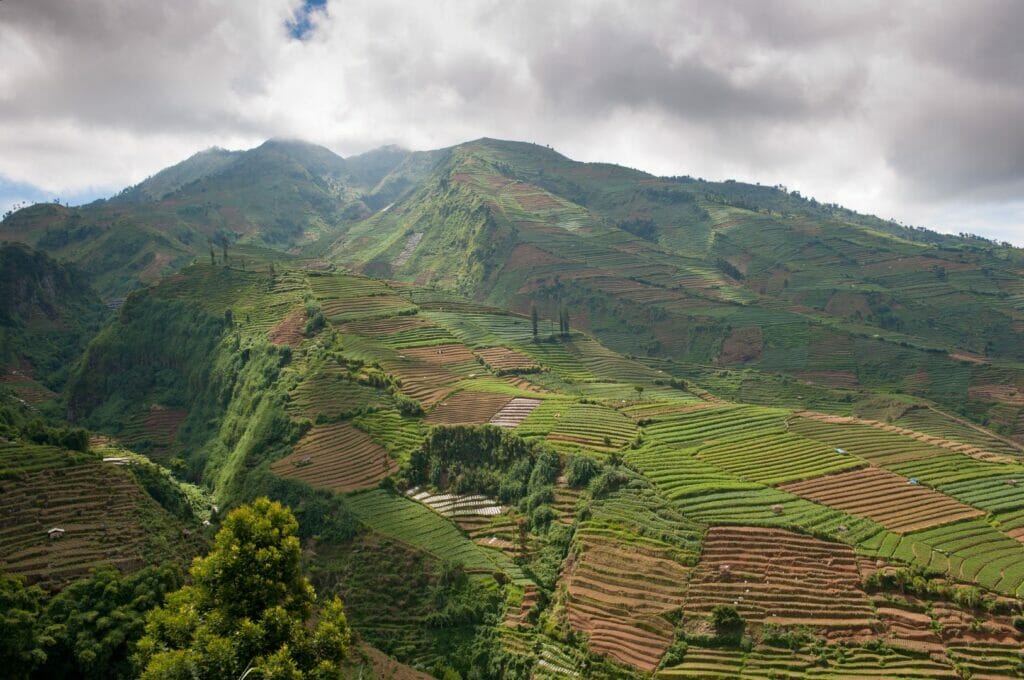
Flores Island, a small island 350 km wide in eastern Indonesia, is often crowded with tourists, especially in Labuan Bajo, as it's the main departure point for cruises around the island of Komodo and the national park of the same name. But this island is much more than that! In 1 week on Flores, you can visit from west to east: enjoy Kanawa Island and its superb seabed, explore Riung Bay and its 17 islands marine park, climb the Kelimutu volcano, discover the small traditional villages around Bajawa... The island of Flores offers great opportunities to visit Indonesia off the beaten track!
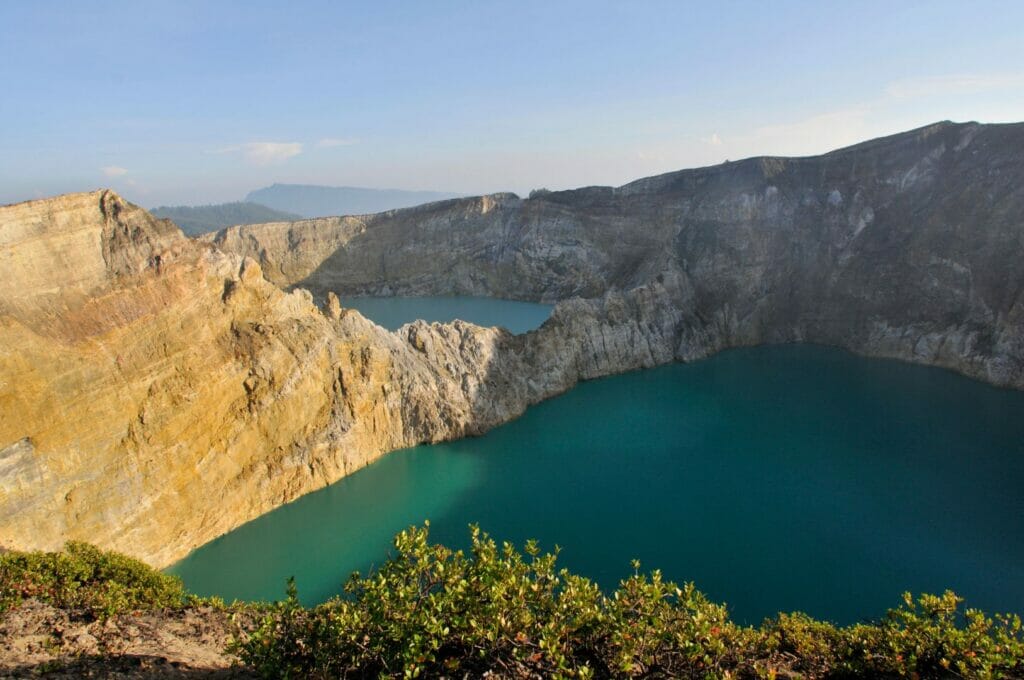

As mentioned above, Flores is the starting point for cruises around
Komodo Island and the National Park in 1 or even 3 days, or from Lombok to Flores via Komodo. If you have the time, it may be worth taking a cruise, but the longer they are, the more expensive they are. It's up to you to decide, depending on your itinerary and budget, but we'd advise you not to overlook Flores! Note that the island of Komodo has lost some of its authenticity over the years, especially when it comes to the famous Komodo dragons...
Borneo is the 3rd largest island in the world and is shared between 3 countries: Indonesia to the south with the five provinces of Kalimantan, Malaysia to the north and landlocked Brunei. The Indonesian part of the island is little-known, with tourists often preferring the northern Malaysian coast. So if you don't want to do like everyone else and want to visit Indonesia off the beaten track, head for Kalimantan!
Because of its size, you could spend several weeks on the island of Borneo... A 2-week stopover can take you to the best of Kalimantan. From Pontianak, head for Tanjung Puting National Park, a wildlife reserve, especially for orangutans, threatened by intensive palm tree cultivation. Then, early in the morning, head for the floating market of Lok Baintan, in Banjarmasin, where women sell their crops from boats. If you want to immerse yourself in the daily life of the Dayak people, the Loksado region is the place to go. Borneo also boasts its own little corner of paradise, the Darawan archipelago in the northeast of the island. Composed mainly of the islands of Derawan, Sangalaki, Kakaban and Maratua, you'll find turquoise waters perfect for snorkeling, a lake where you can swim with jellyfish that don't sting... In short, a true haven of peace!
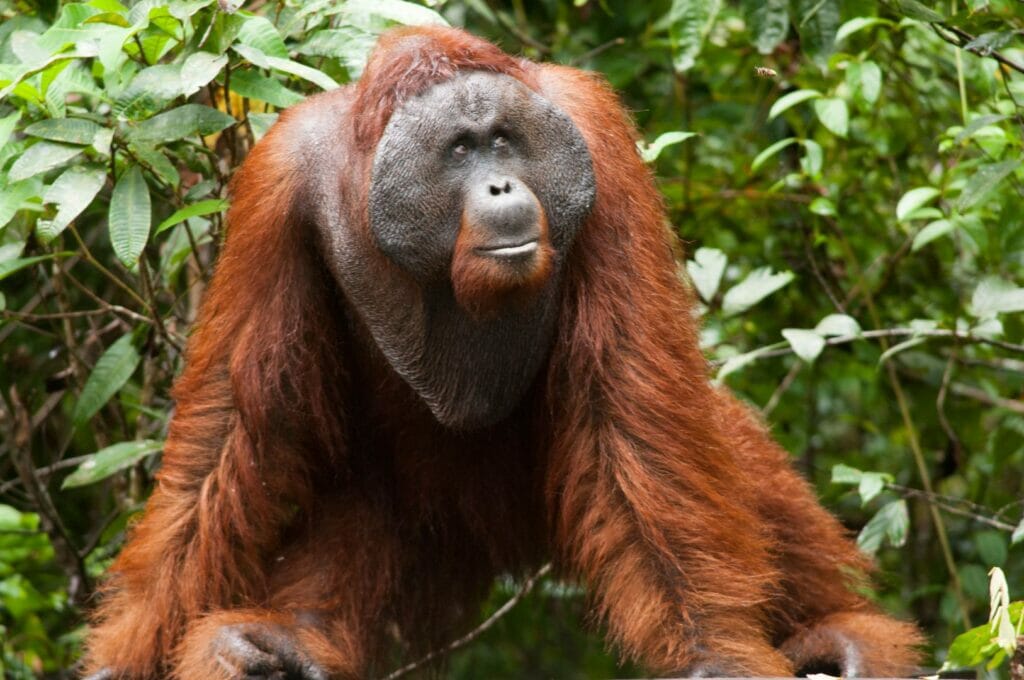
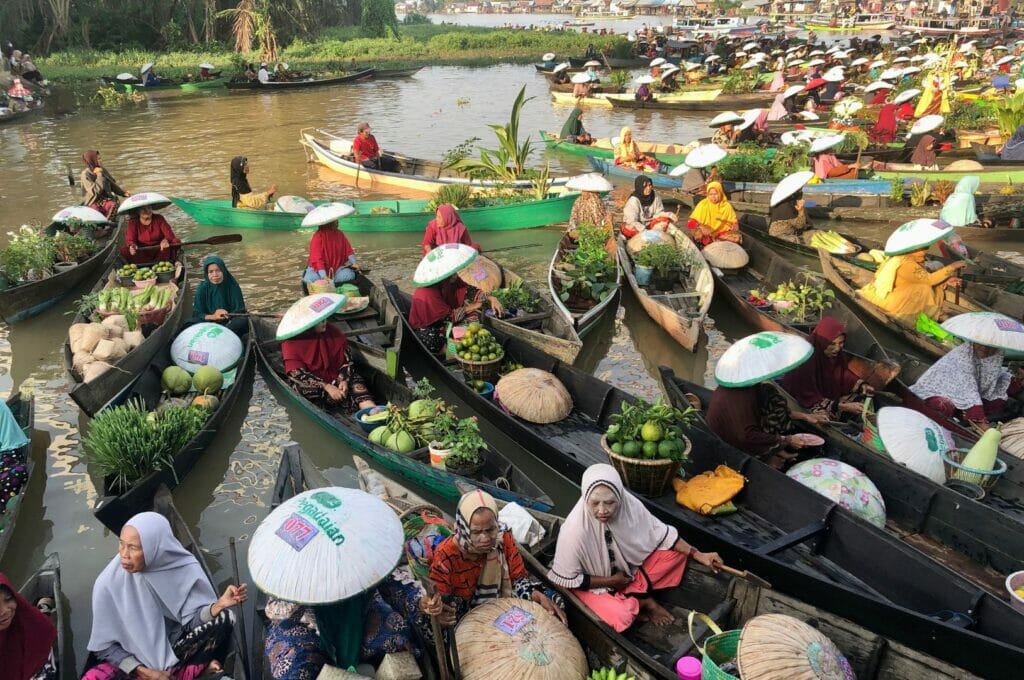
The island of Sumatra is almost 2 times "smaller" than Borneo, but still ranks sixth among the world's largest islands! To vary the pleasures of your Indonesian itinerary, we suggest you visit Borneo or Sumatra, which are far less touristy than Bali or Lombok.
In 3 weeks in Sumatra, you can:
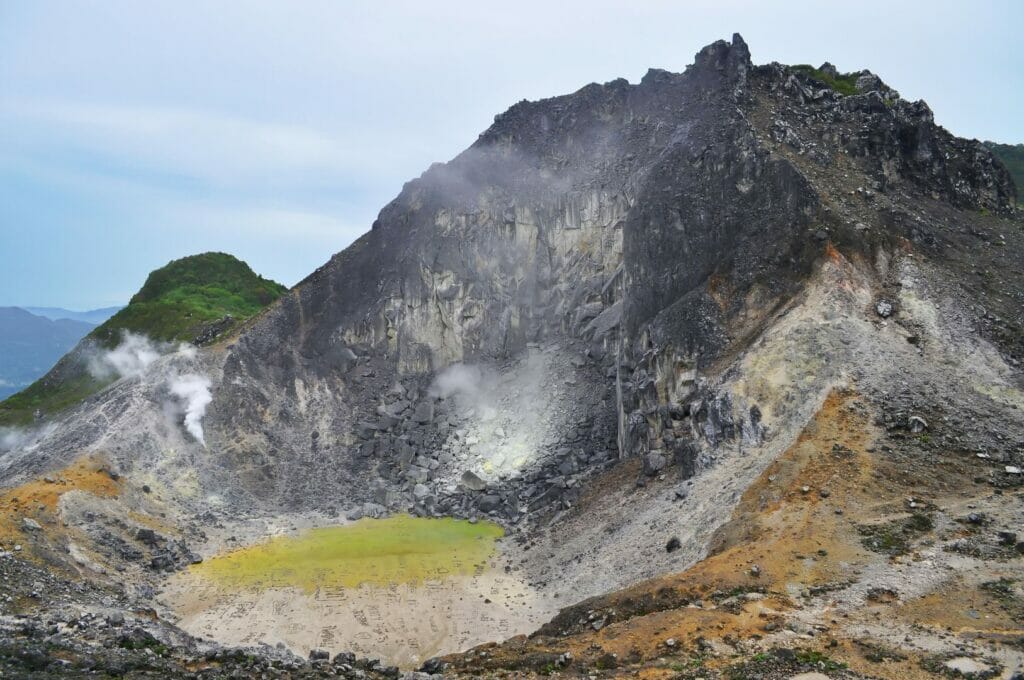
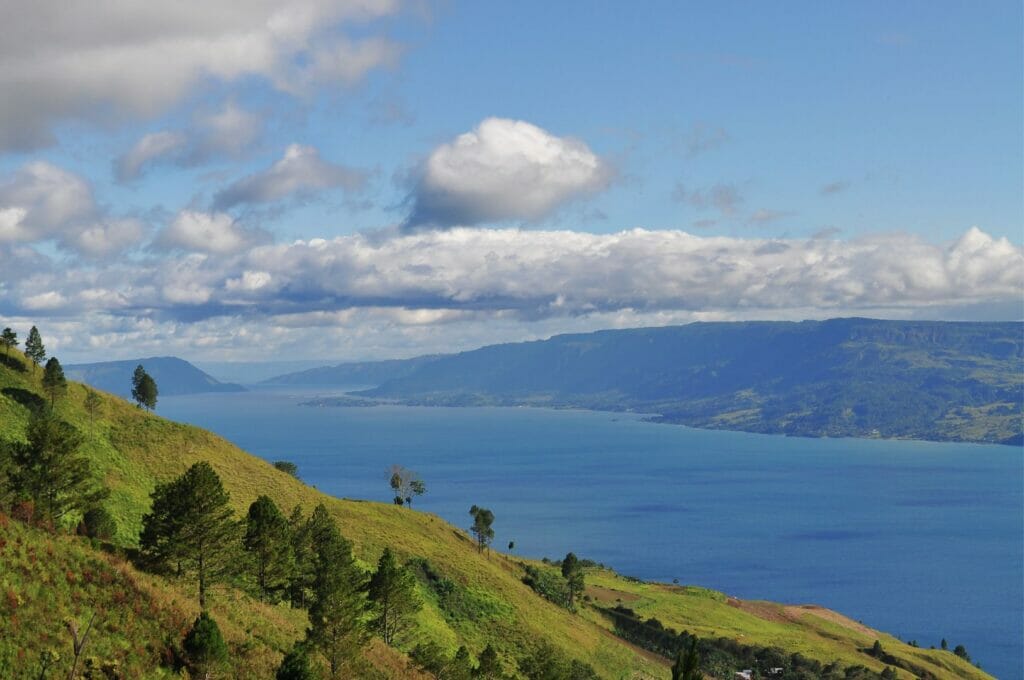
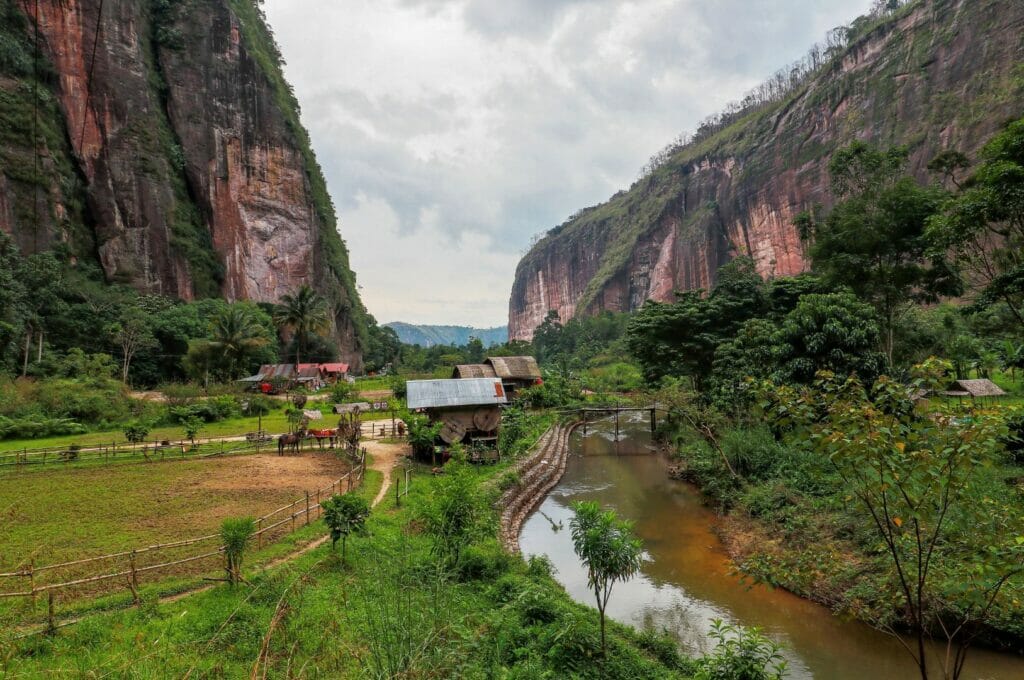
So, how about one last island to visit in Indonesia? Let's finish the trip with Sulawesi, formerly the Celebes island. Still untouched by mass tourism, you can cross it in 3 weeks from north to south or south to north, depending on your travel itinerary, as each end of the island has its own international airport. Authenticity, culture, traditions, and nature in abundance are the words that best characterize Sulawesi!
In the north, you can explore underwater life at Bunaken National Marine Park, with its incredible diving/snorkeling spots, or at Tumbak, a small Bajau (sea nomad) village that's a little isolated; visit Tomohon, a mountain town in the heart of the Lokon and Mahawu volcanoes, ideal for trekking. Don't miss the Togian Islands, one of Sulawesi's little jewels! Here you'll find everything you need for a magical stay: total disconnection (no Internet and limited electricity), jungle, crystal-clear waters, idleness, magnificent sunsets, villages... Choose the Bomba, Wakai and Malenge islands for a balance of activity and serenity!
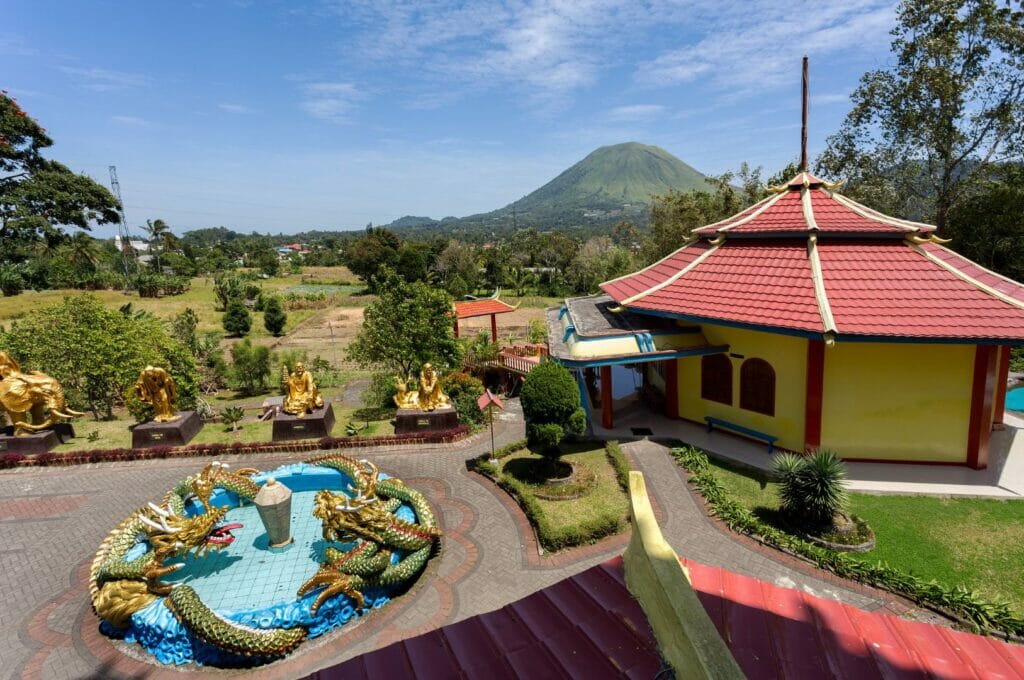
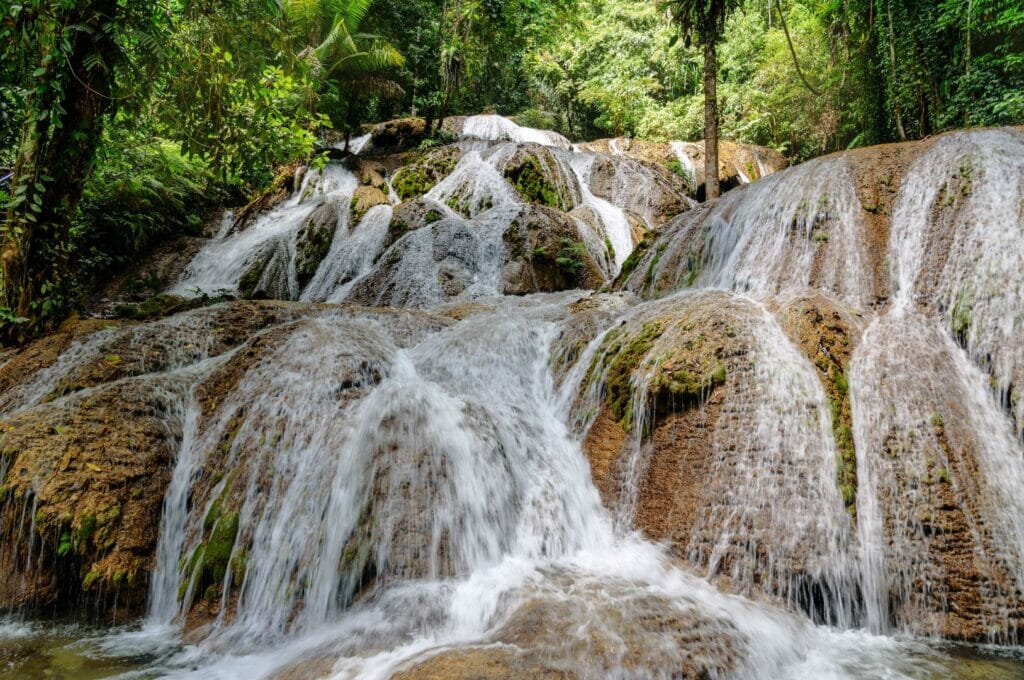
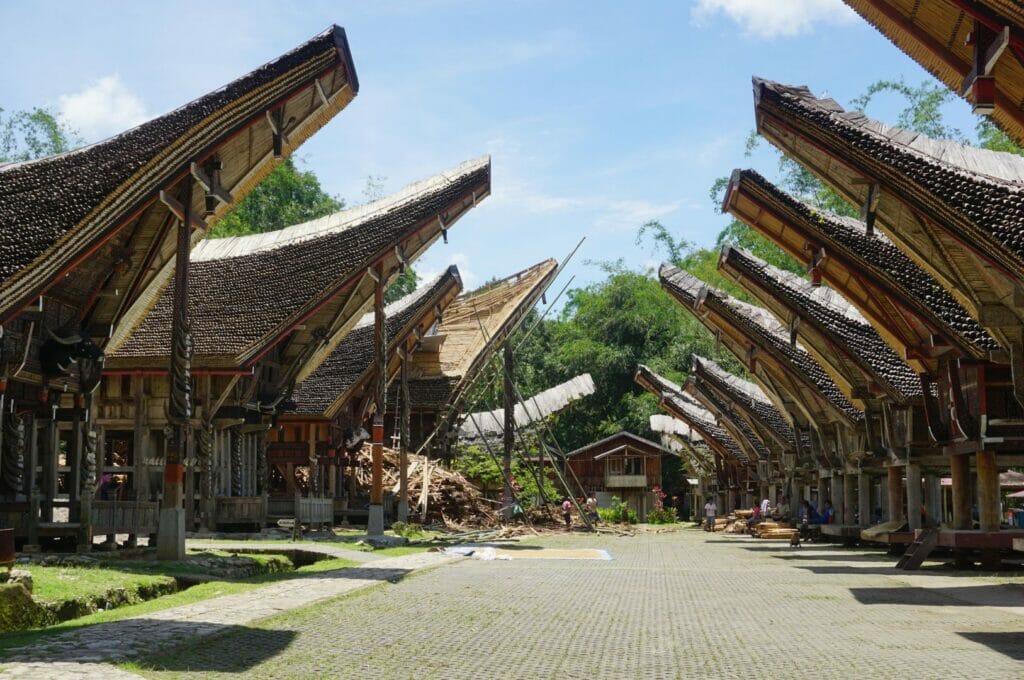
On the way down, stop off at Tentena to enjoy the coolness of the impressive Saluopa waterfall and Lake Poso. Then spend a few days around Rantepao, in Tana Toraja. This region is well known for its rice fields wedged between mountains, its traditional villages and the Toraja culture with its singular architecture and rituals. Be sure to attend a funeral ceremony with a guide - you'll never look at death in the same way again... Finally, before arriving in Makassar, you'll undoubtedly pass by Lake Tempe and its floating houses.
If you've read it this far, you'll have understood that you'll have to make some choices when it comes to preparing your Indonesia travel itinerary! In the end, it all depends on what you want to do (beach or activities), how much time you have and your budget (activities are often expensive). One thing's for sure, though: we'll wish we'd explored the other islands!
If you're looking for a more cocooning or simply more relaxing vacation experience in Indonesia, we recommend you take a look at all the tours offered by the Evaneos website. This travel agency allows you to create your own tailor-made trip to Indonesia with local agencies! For a country like Indonesia, it really makes sense to use local service providers. Prices range from very reasonable to exclusive. Quotes are customized, so it's up to you to judge the level of comfort and assistance you want for your trip!
This article contains affiliate links to partner sites. When you use our links to book accommodation, a car, or an activity, you don’t pay anything extra, but we get a small commission. This helps us to offer you free, independent, and ad-free content. Thank you for your support!
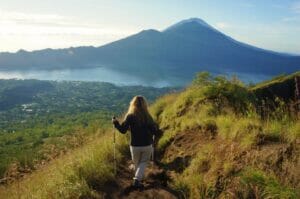
The main airports in Indonesia when arriving from abroad are Jakarta Soekarno-Hatta International Airport and Surabaya International Airport on the island of Java, Denpasar International Airport on the island of Bali and Lombok International Airport on the island of the same name. If you're flying from Europe, it's a safe bet that you'll make a stopover in Bangkok, Kuala Lumpur or Singapore before reaching your destination in Indonesia.
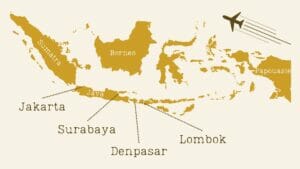
Round-trip flights from France generally cost between 500 euros (a good price that can generally be obtained on an off-season trip) and 1000 euros (the average price in the high season). After that, the more flexible you are about your travel dates and departure city, the more likely you are to find a good deal. Don't hesitate to compare prices between different airports in Indonesia! Note: you can even set an entire country as your point of departure and arrival to maximize your chances!
To find the cheapest flights to Indonesia, it's best to compare prices on Skyscanner and use the price alert system to stay informed when prices drop.
We organized this trip to Indonesia independently with a backpacker budget. Indonesia is a country that lends itself extremely well to backpacking!
Indonesia's currency is the Indonesian rupiah (IDR) and its current rate is 1 euro = 16 000 rupiahs. Don't forget to check the current rate before you leave!
Here's what we spent on average during our backpacking trip to Indonesia.
| Expense item | Daily budget/person |
|---|---|
| Accommodation | 5,5 € |
| Food | 6,6 € |
| Transport | 2,33 € |
| Sightseeing | 0,75 € |
| Extras | 8 € |
A total budget of around 23 euros per person per day.
These figures are of course purely indicative and correspond to what we spent during our trip. The above budget includes absolutely all our expenses on site (including the tourist visa on arrival) and excludes the cost of plane tickets, any pre-departure vaccinations or travel insurance.
For more details, we suggest you read our article dedicated to the Indonesia trip budget.
To find accommodation in Indonesia, we mostly looked for hotels directly on-site. This often leads to good deals, but we were in the wet season! If you're looking for accommodation or a hotel in the dry season in Indonesia, we recommend you compare rates on the map below. You'll find all available apartments and hotels. Enter your dates and adjust the filters (accommodation type, price and ratings) to refine the results:
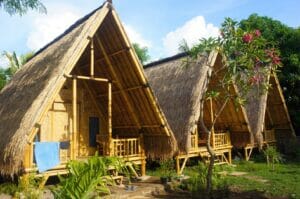
To visit Indonesia, you'll need either a visitor visa or a tourist visa, whichever is more convenient for you. Note that visa exemption used to be valid for several countries like France, Belgium and Switzerland, but since 2020, following the health crisis, it has been suspended until further notice...
If you want to visit Indonesia for less than 30 days, you'll need a visitor visa. To obtain one, you have 2 options: apply for it on arrival, or take the necessary steps online before your departure to obtain an e-visa. Whether on arrival or e-visa, the cost of a visitor's visa for Indonesia is 500 000 rupiahs. This visa is valid for 90 days and does not authorize re-entry into or exit from Indonesian territory.
Visa on arrival: obtained on arrival in Indonesia, before going through immigration. To extend it by 30 days, go to an immigration office (cost: 500 000 rupiahs).
E-visa: you need to create an account and apply for an e-visa on the Indonesian government's official website, at least 48 hours before your departure for Indonesia, with your passport, a passport photo and your credit card in hand. If you wish to extend your stay, you don't need to go to an immigration office; this can be done in your personal space on the official website (cost: 500 000 rupiahs).
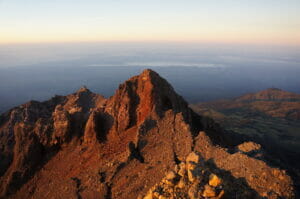
To travel through Indonesia for more than 30 days, you have the choice of either taking out a visitor visa and extending it (see above) or applying for a 60-day tourist visa. The latter is more expensive than the former, costing 1.5 million rupiahs, but is non-renewable. It is also valid for 90 days and does not allow multiple entries and exits into the country. This visa can only be obtained online, via the Indonesian government platform. As you will quickly realize, this tourist visa is not very attractive financially speaking. As the procedures for obtaining and extending a visitor visa are online and less expensive, we recommend the first option!
For trips longer than 60 days, you can apply for a run visa, i.e. leave the country and re-enter to obtain another visitor or tourist visa. Alternatively, you can apply for a 211A visa, but you'll need to be sponsored...
Useful info
Please note: to obtain a visa, your passport must be in very good condition and valid for at least 6 months after the date of entry into Indonesia, and you must have a return ticket or proof of exit from Indonesian territory (although you won't always be asked for this). If you overstay your visa, you will be fined 1 million rupiahs for each day you overstay. After 60 days, you risk expulsion from the country and a ban on entering Indonesia...
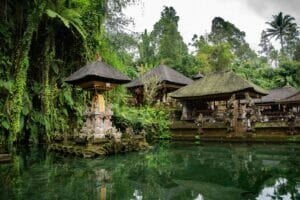
Since March 2022, it has been possible to travel again to Indonesia. However, it would appear that a certificate of vaccination for the 2nd dose, received at least 14 days before departure, is compulsory... You should also download the SATUSEHAT application (COVID tracking and tracing) onto your smartphone. For the latest information on these measures, please visit the U.S. Embassy in Indonesia website.
Like many other Southeast Asian countries, no vaccinations are required for travel to Indonesia. However, some vaccinations are recommended:
For information on vaccines for travel to Indonesia, visit the website of the Centers for Disease Control and Prevention.
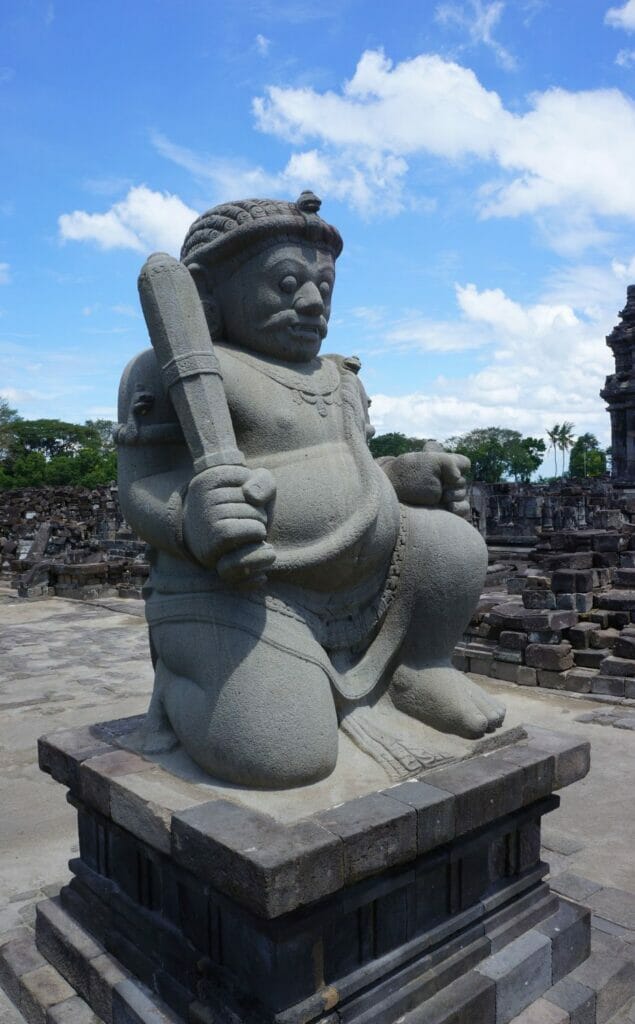
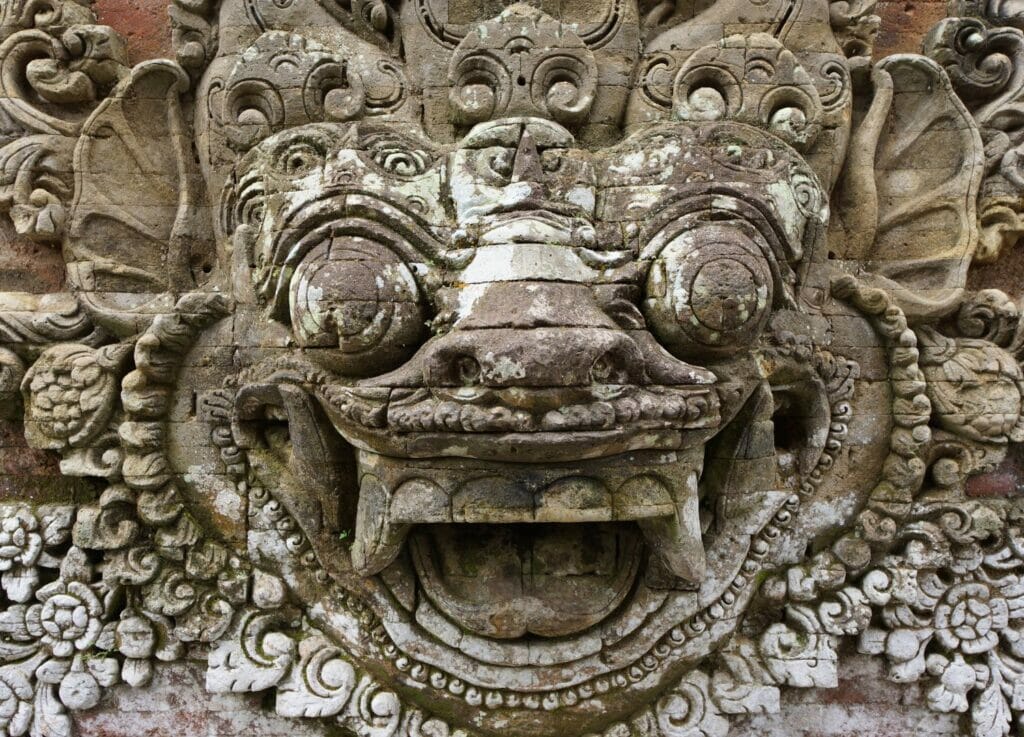
Apart from driving on the left-hand side of the road, getting behind the wheel in Indonesia isn't all that difficult. The roads are mostly asphalted and in very good condition. The only point where you need to be careful is in the big cities, where traffic can be dense... Choose 125 or even 150 cm3 motorbikes, as some stretches of road can be quite steep!

To rent a two-wheeler in Indonesia, we've listed our tips here to rent a motorbike in Bali and here for the right equipment!
Before driving a motorbike in Indonesia, you need to have an international driving license, marked A1. Apply for it 6 months before your departure, so you can visit Indonesia in total freedom!
Please note: check that your travel insurance covers you for driving two-wheelers! If you don't have a motorcycle license, your insurance may refuse to cover you...
In Indonesia, the bus is the most common means of transport on all the islands. If you're planning to visit Java, note that it has a very good rail network. Don't forget the train, which is often faster, more comfortable and less expensive than the bus! To get from island to island, you can also take a ferry or an internal flight.
For short trips in Indonesia, you can rent a motorbike, take a bemo (local minibus), a becak (rickshaw) or a taxi. For the latter, we recommend a Blue Bird or a Grab, reliable taxis!
For bus travel in Indonesia, compare prices on 12go, Bookaway and easybook; for train travel, Tiket.
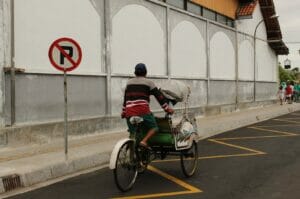
We wouldn't say that Indonesia is necessarily a dangerous country, but rather that you need to be careful. To give you an idea of the situation, we take a look at the risks of traveling to Indonesia.
This is undoubtedly the country's primary hazard. Indonesia lies on the famous Pacific Ring of Fire, a subduction zone of tectonic plates that contains over 70 % of the world's volcanoes! Due to the movement of these plates, seismic risk is very high in Indonesia, and natural disasters such as tsunamis and eruptions are frequent. The country lies at the convergence of 3 tectonic plates and boasts over a hundred active volcanoes!
Depending on current volcanic activity, safety perimeters may be established. Before and during your trip to Indonesia, be vigilant and ask the locals for information and check this volcano monitoring site.
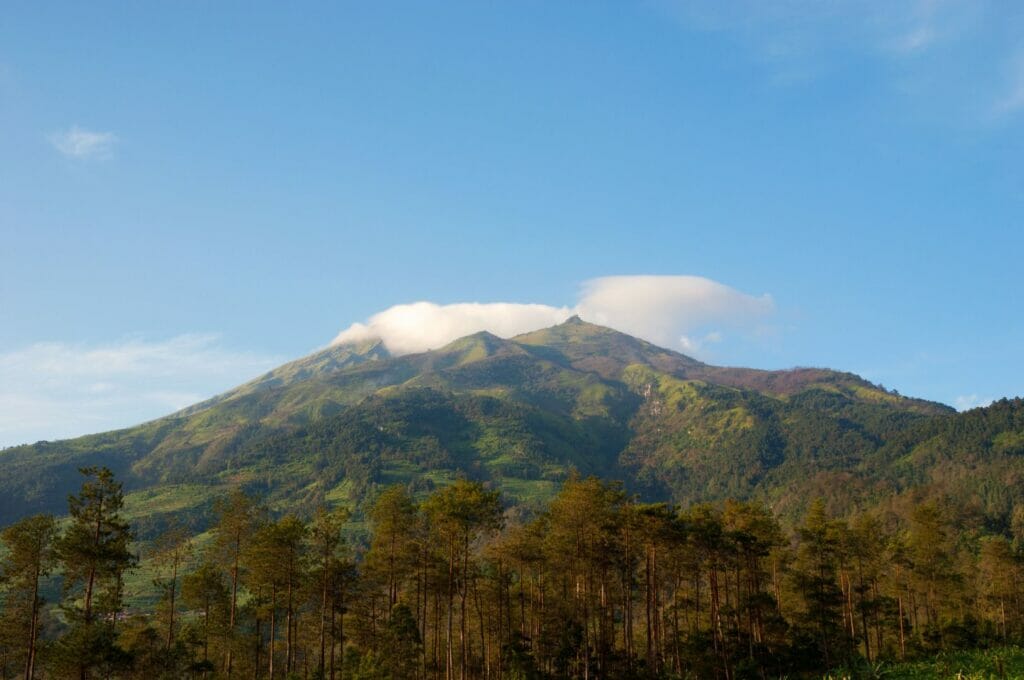
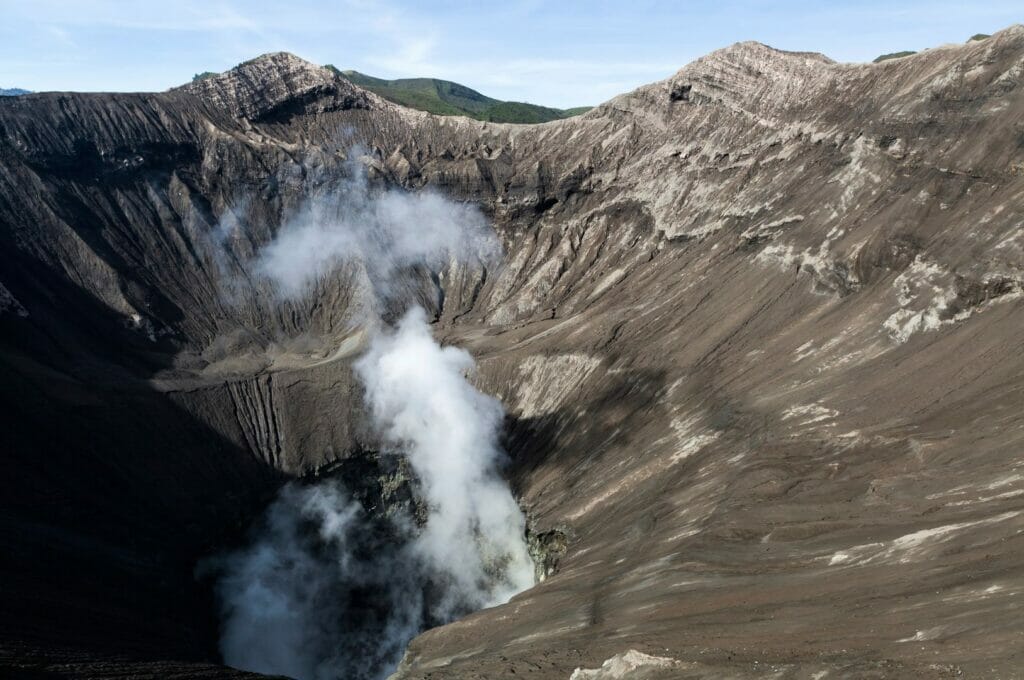
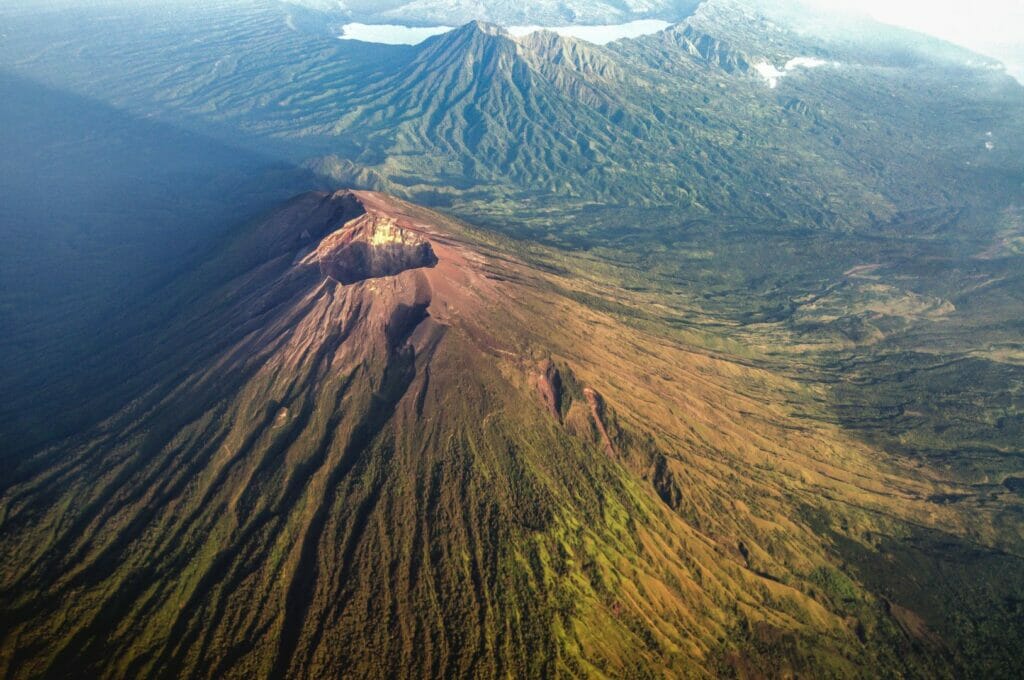
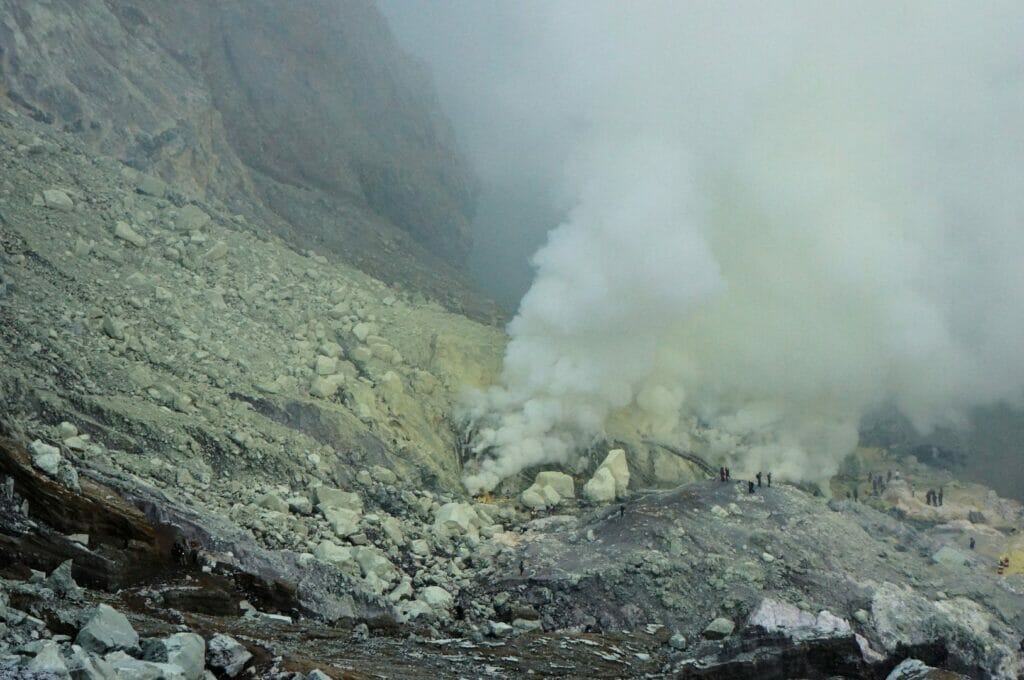
Oh, scams are commonplace in Southeast Asia, and Indonesia is no exception. Quite simply, you have to negotiate for everything! In some places, tourists are seen as walking wallets... But we can assure you that, when you get off the beaten track, the sincerity of Indonesians is unquestionable!
We do, however, warn you about taxis and touts in Indonesia. When you arrive at bus stations, ports, or other touristy spots, people will want to help you and take you somewhere (workshop, vehicle, taxi...). The best thing to do is to pass quietly by without saying a word. To take a taxi, we strongly recommend you take a Blue Bird or a Grab, the Asian equivalent of Uber. Prices are fixed, which means no worries about rigged or inactive meters!
There is some petty crime, but few major risks overall for travelers. We had no problems of this kind during our stay in Indonesia, but thefts are fairly frequent. Always keep an eye on your belongings and avoid displaying valuables. Also, be careful when you're driving a motorbike: if you're using a smartphone as a GPS device, it could be ripped off.
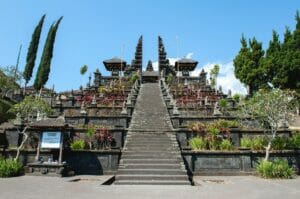
Indonesia is a country where several religions live side by side, and where freedom of religion is enshrined in the constitution. However, although several religions are represented on the Indonesian islands, the most widespread is undoubtedly Islam. Almost 87 % of the population declare themselves Muslim, making Indonesia the world's largest Muslim country.
It seems (or at least I had the impression) that the Hindu religion is also very present, and this is the case on the island of Bali, but it's the only island in Indonesia where this religion can be found.
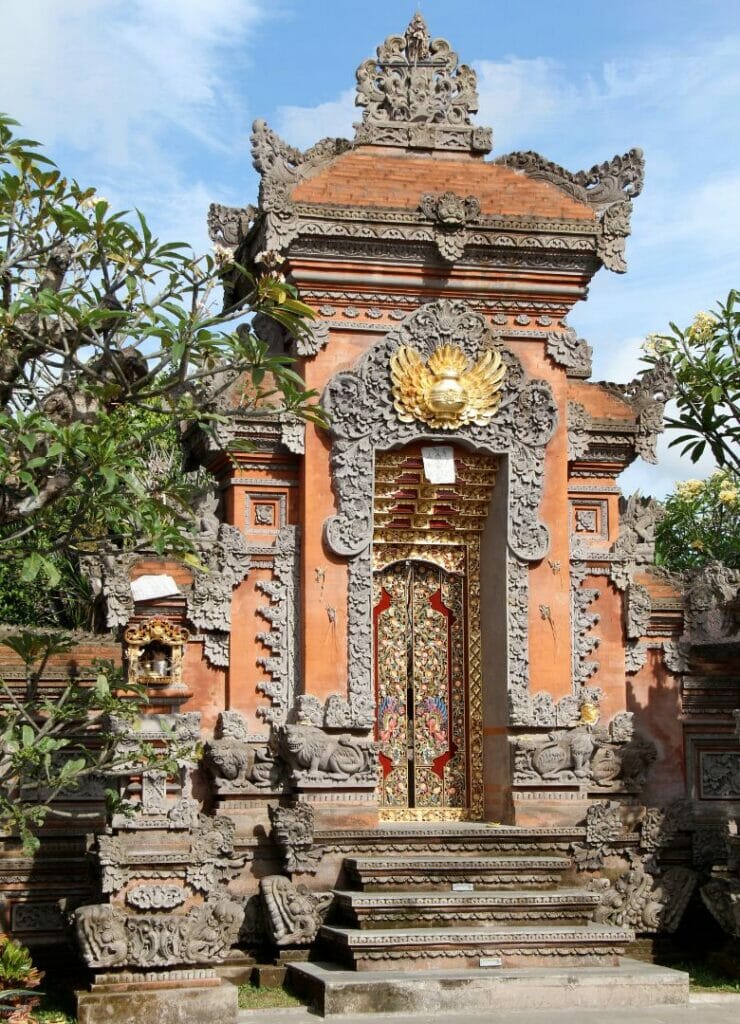
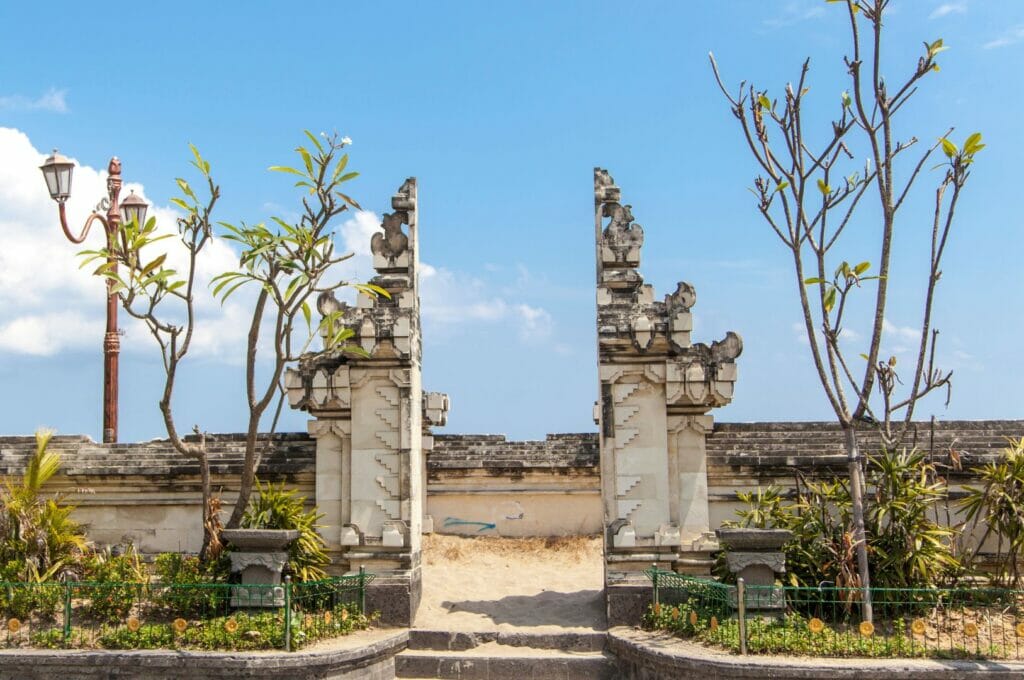
For travelers, religion is no barrier, even if it's important to respect Indonesian customs and traditions. The country is a seaside destination, and bathing suits are no problem on tourist beaches. However, women need to remember to cover at least the shoulders and cleavage when walking down the street. I opted for long but light pants and a T-Shirt with short sleeves (no strapless tops) and always felt 100 % comfortable in this outfit.
To visit religious places, you often have to wear a sarong. Sarong rental is very often included in the price of the entrance ticket (and beware of scams when approaching tourist sites). You can also kill two birds with one stone by buying a sarong when you arrive in Indonesia: it'll give you peace of mind for your stay and make a nice souvenir to take home :).
Indonesian is a relatively easy language to learn, at least the basic vocabulary... But Indonesian is much more complex, with over 740 different languages! In fact, what is often referred to as Indonesian is Riau Malay or Bahasa Indonesia.
The huge advantage of Indonesian is that the language uses the Latin alphabet, so it's relatively easy for travelers to find their way around signs and menus. We're not going to give you an Indonesian lesson here, but here are a few vocabulary words that might come in handy during your trip!
| English | Indonesian | English | Indonesian |
|---|---|---|---|
| Hello | Selamat pagi | Goodbye | Selamat tinggal |
| Thank you | Terima kasih | How much is it? | Harganya berapa? |
| Yes/No | Ya/Tidak | My name is... | Nama saya... |
| Eat | Makan | Bus station | Stasiun de bus |
| I'm looking for... | Saya mencari | Hotel | Hotel |
| Downtown | Pusat kota | Cheers! | Tepuk tangan |

Because of its many religions, Indonesia puts on its festive clothes a little more often than other Southeast Asian countries. Here are a few festivities in the year for attending one of these events during your visit to Indonesia!
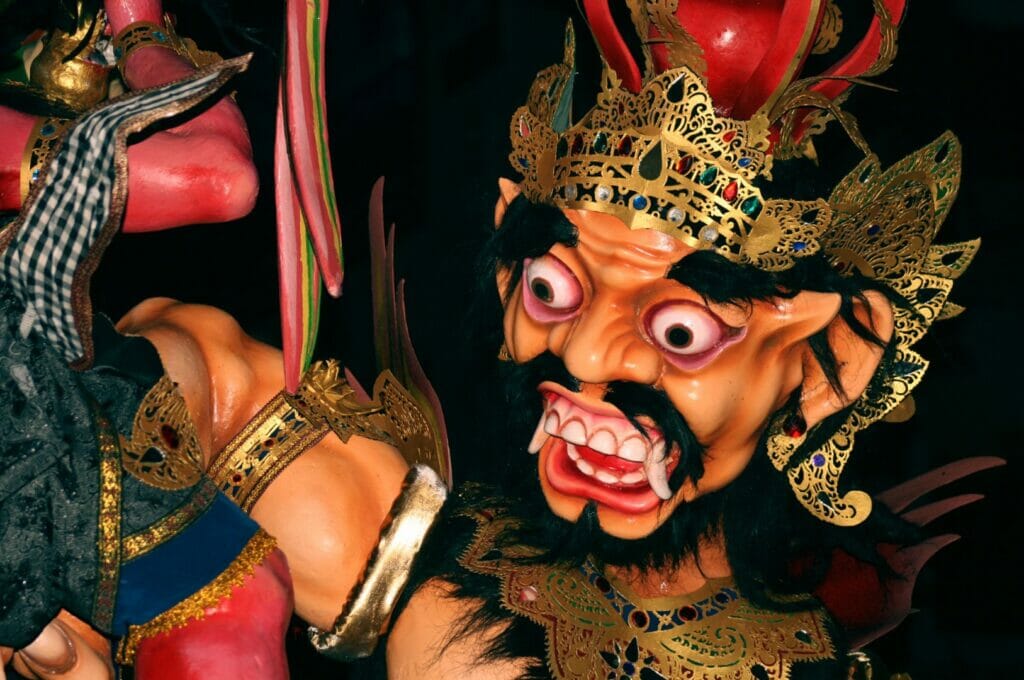
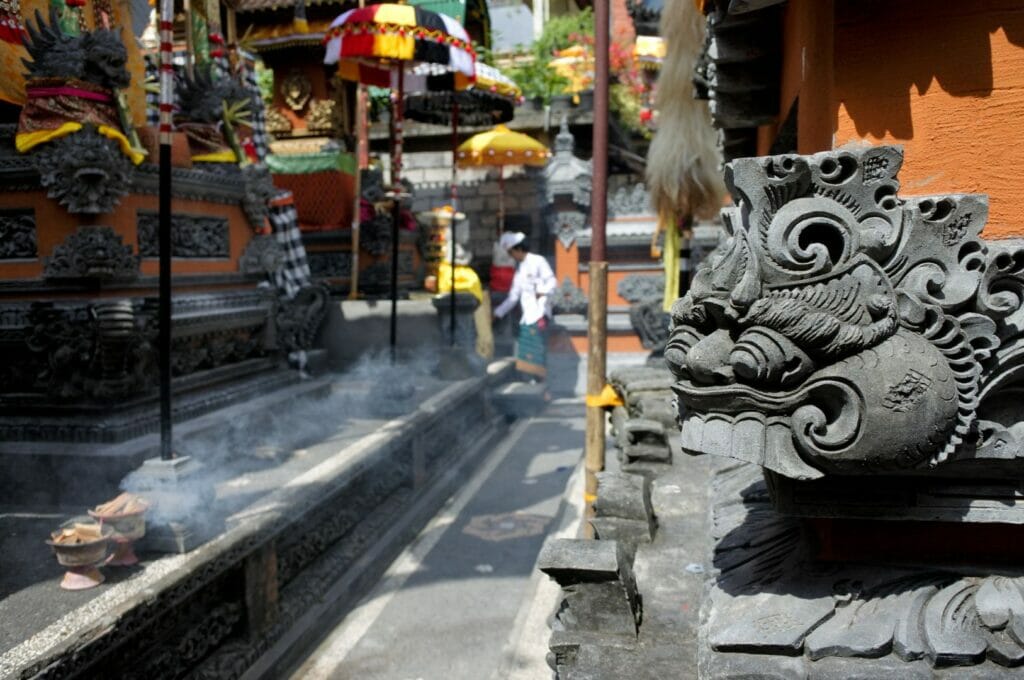
Indonesian cuisine is delicious, but perhaps a little less varied than that of the rest of Southeast Asia. We enjoyed Indonesian meals, but it has to be said that the typical dishes are a little less numerous than in other countries... This is no doubt due to Indonesia's cultural diversity and vastness. In any case, be sure to eat in warungs whenever you can! Warungs are small restaurants that don't charge much but serve delicious traditional Indonesian dishes at very low prices. Here are the must-try Indonesian dishes for your trip:
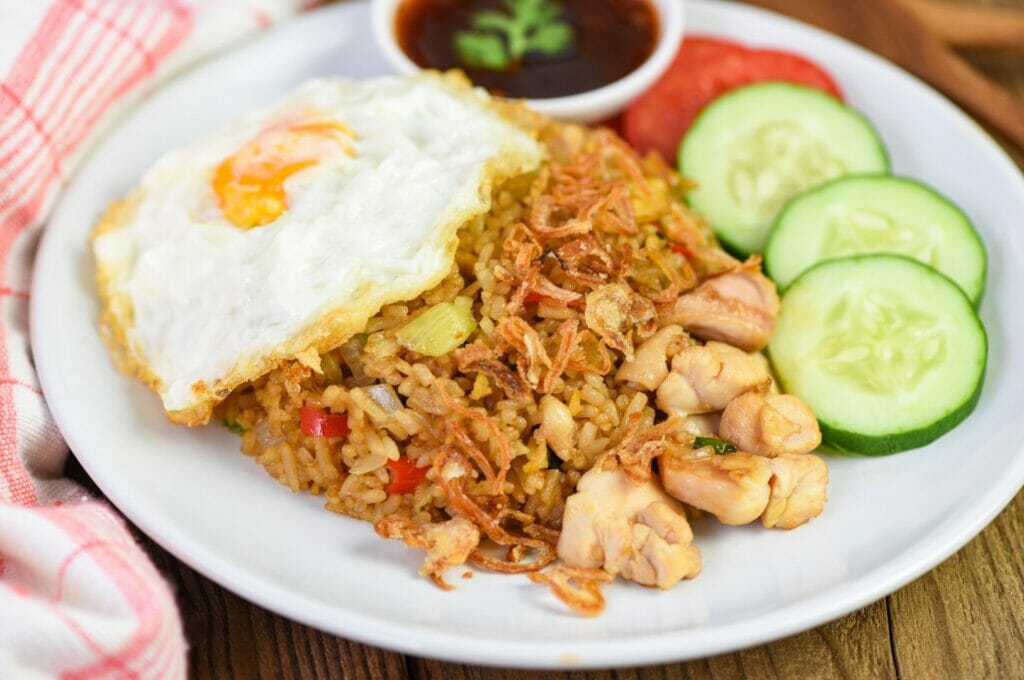
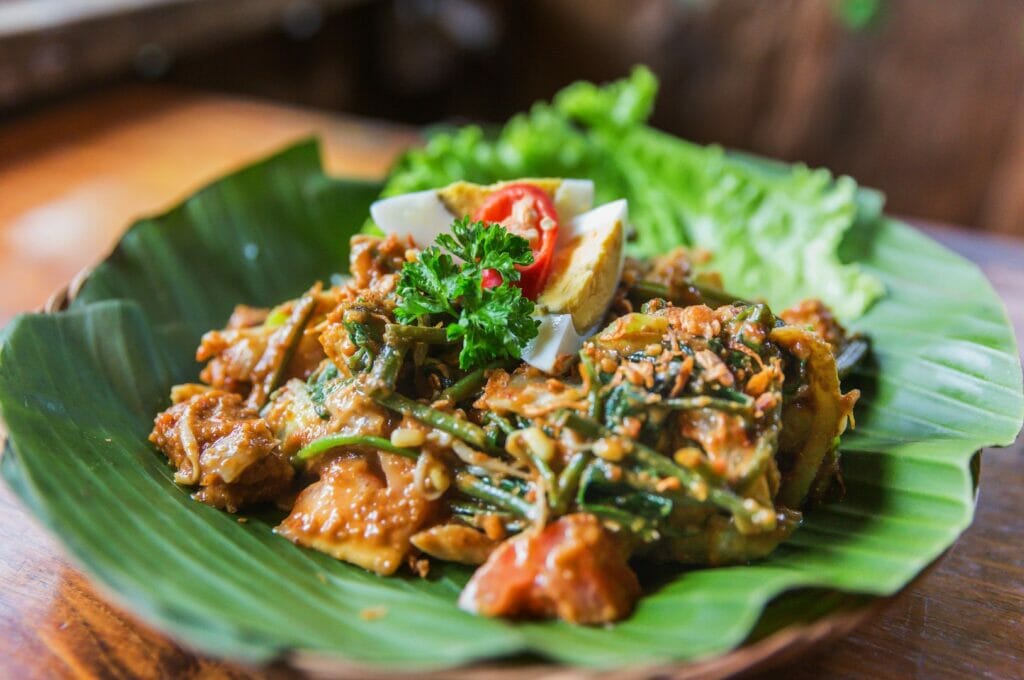
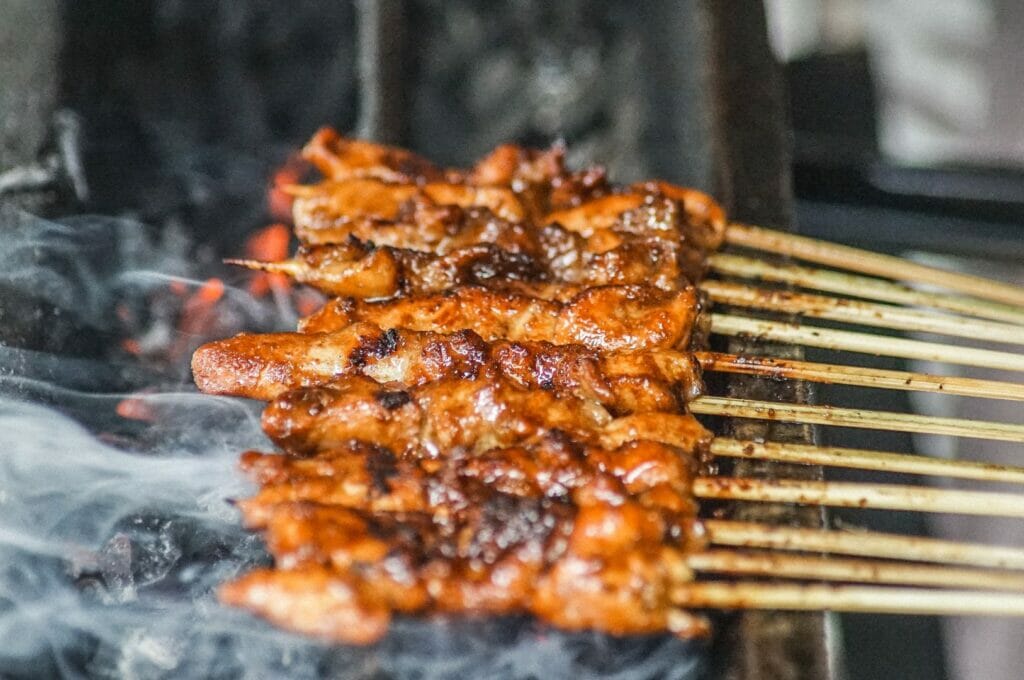

Wifi is available in all tourist areas of the country. If you need more freedom, such as a GPS for your scooter, you can buy a prepaid SIM card anywhere in Indonesia. Even better is to buy it as soon as you arrive, directly at the airport. Since 2018, sellers have had to register your future SIM card with your passport and your phone's IMEI (to obtain it, type *#06# as if making a call). So avoid the little street stores that would overlook this, and go for the operators' stores! We recommend Telkomsel for its excellent network coverage of the Indonesian territory. Expect to pay around 120 000 rupiahs for 32 GB, more than enough for a 1-month trip in Indonesia.
In terms of time zones, Indonesia straddles 3 different time zones (from GMT + 7 to + 9). For example, between Java and France, there's a 5-6 hour time difference (depending on whether we're in winter or summer time), but further east in Bali, there's a 6-7 hour time difference!

0
1 month travelling from Lombok to Java passing by the Gilis and Bali: how much did we spend? Find our detailed numbers about this backpacking trip.
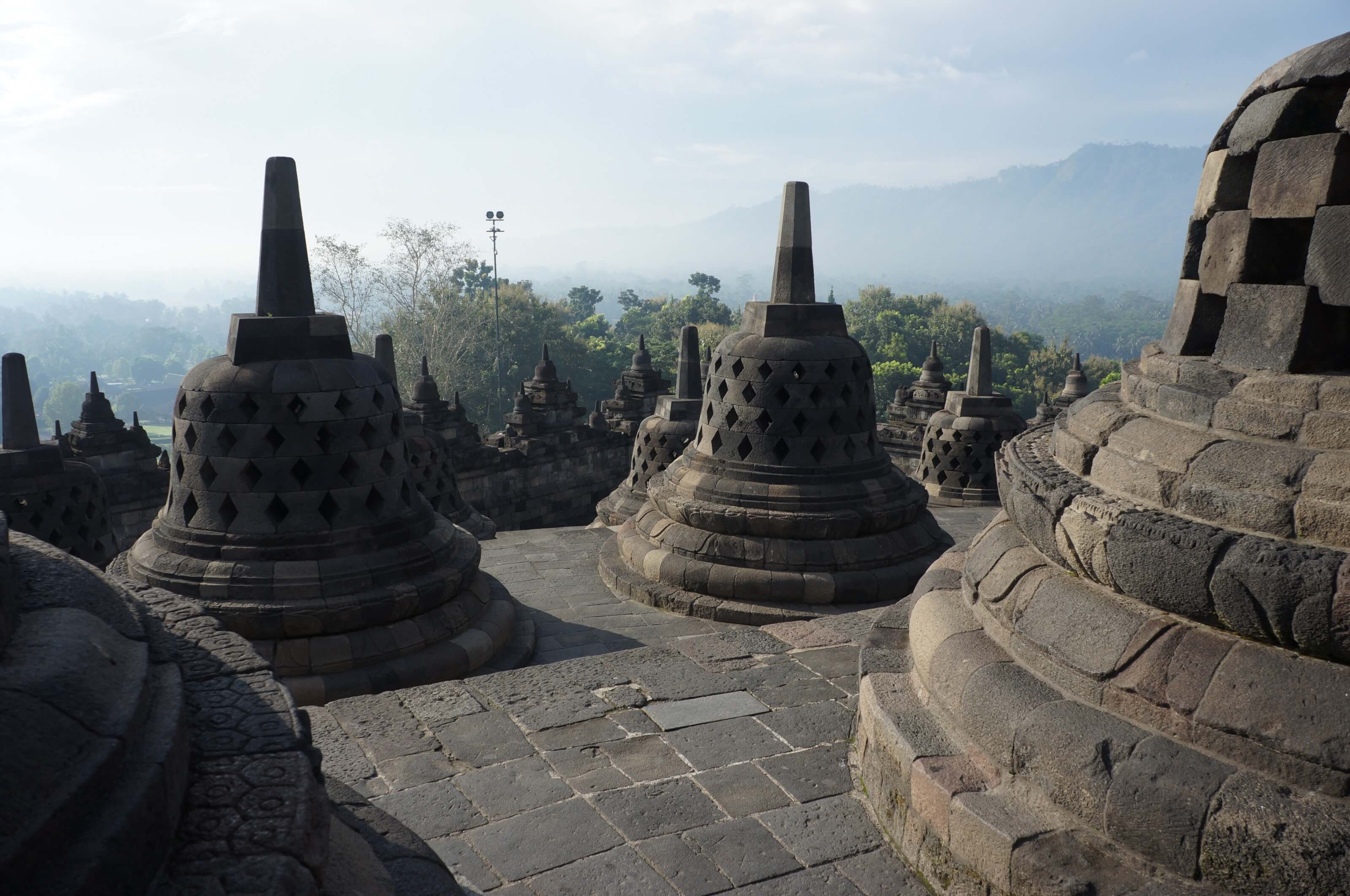
1
We stop one last time in Indonesia to make you discover the city of Yogyakarta and the temples of Borobudur and Prambanan. Ready for the last step?
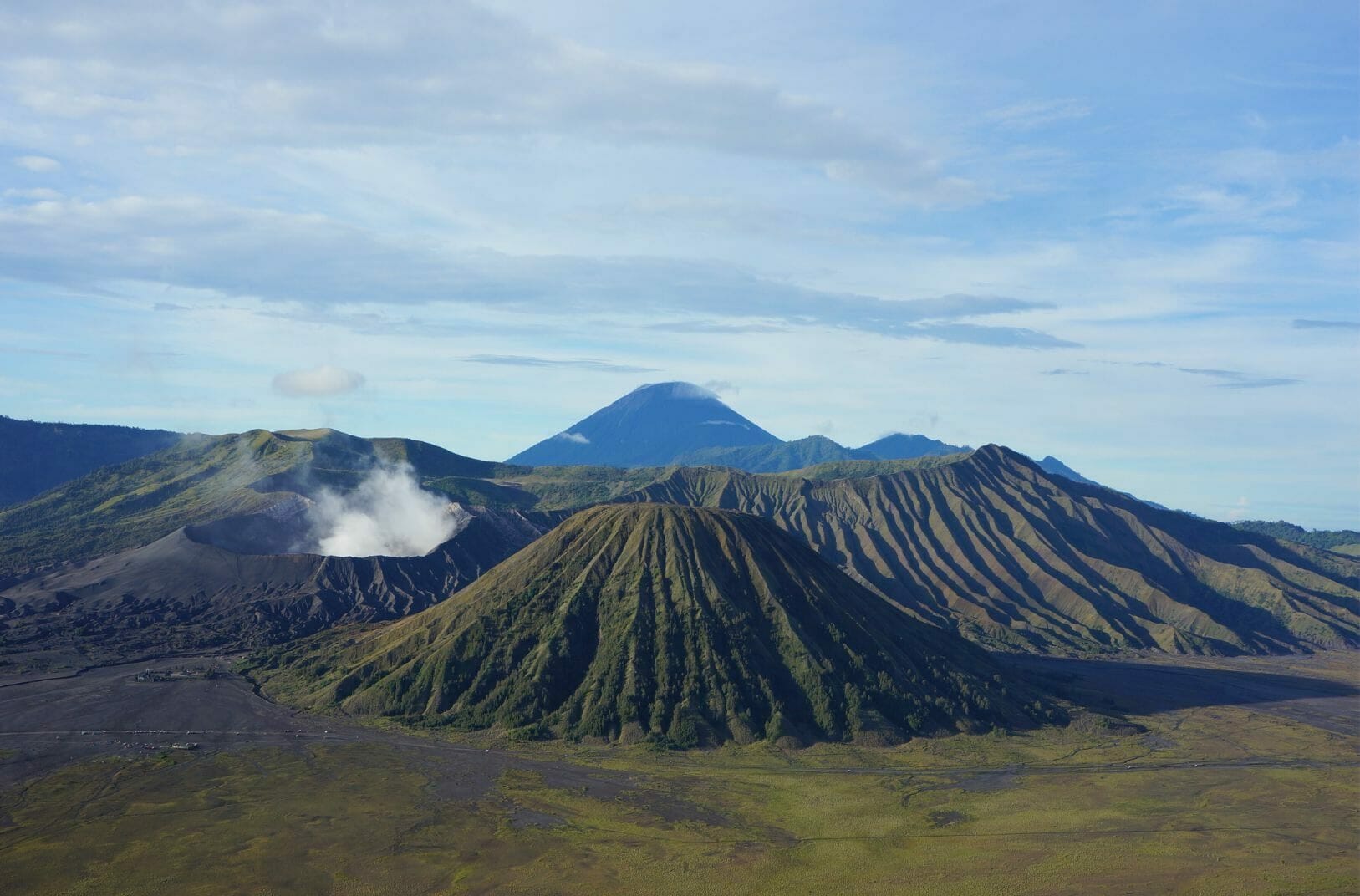
0
Here comes already the moment of our second last story in our adventures in Indonesia: Mount Bromo! We tell you everything about how to do it with or without a guide.

0
It would be wrong to summarize Bali as Kuta or Ubud! Bali also offers beautiful rice fields, a multitude of temples, and breathtaking volcanoes!
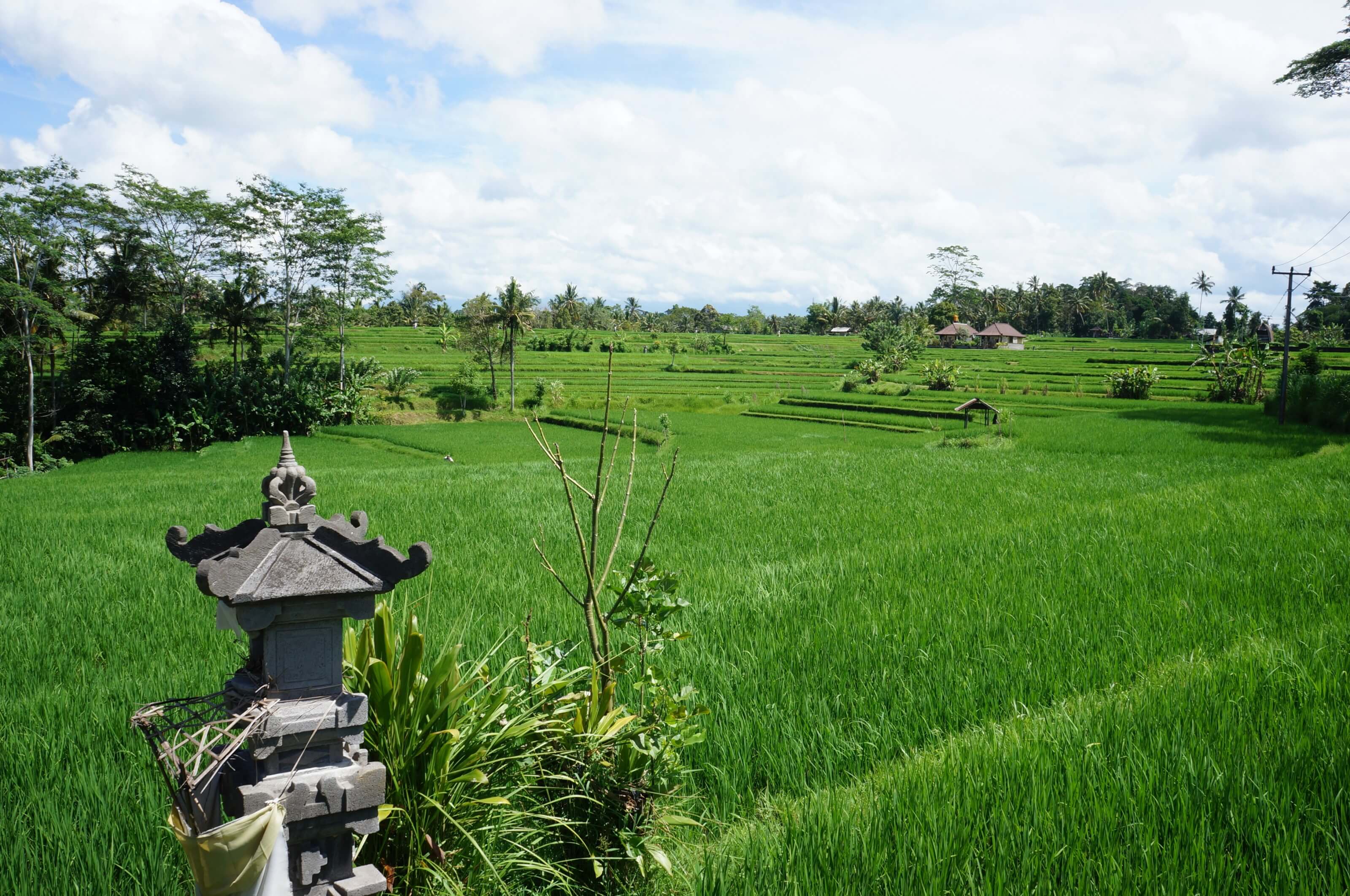
0
After the Gilis, direction Bali! We preferred to avoid Kuta to visit Ubud, the cultural capital of Bali. And there is no need to say that the activities are numerous!
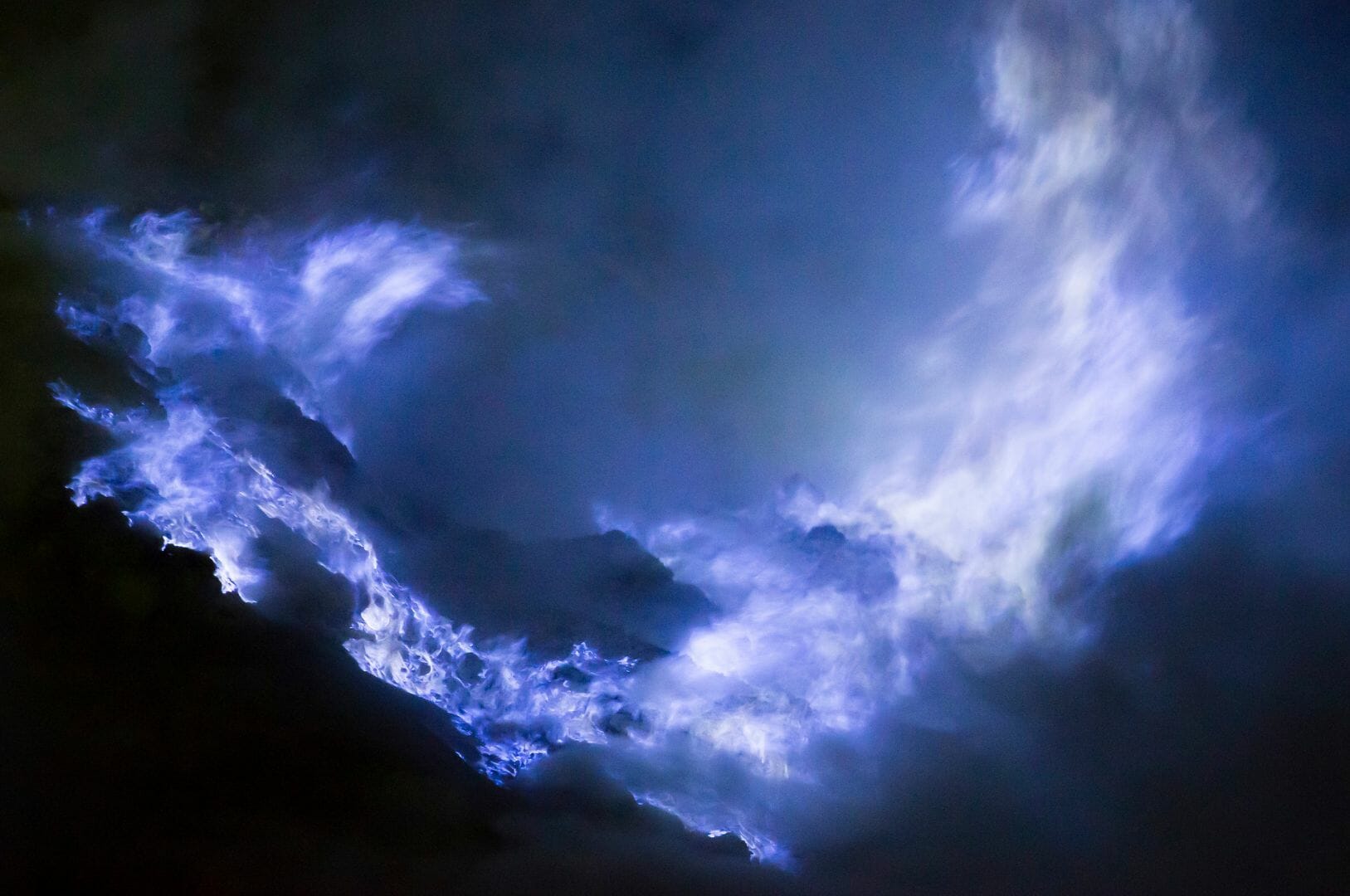
1
We continue our tour of the volcanoes of Indonesia with Kawah Ijen, a crater in the east of Java where the beauty of the blue fire meets the brutal reality of the sulfur miners.

0
This short week spent on Gili Air, a heavenly island next to Lombok, has really made me feel good! The Gili Islands are THE spot for diving and snorkeling! We take you there?
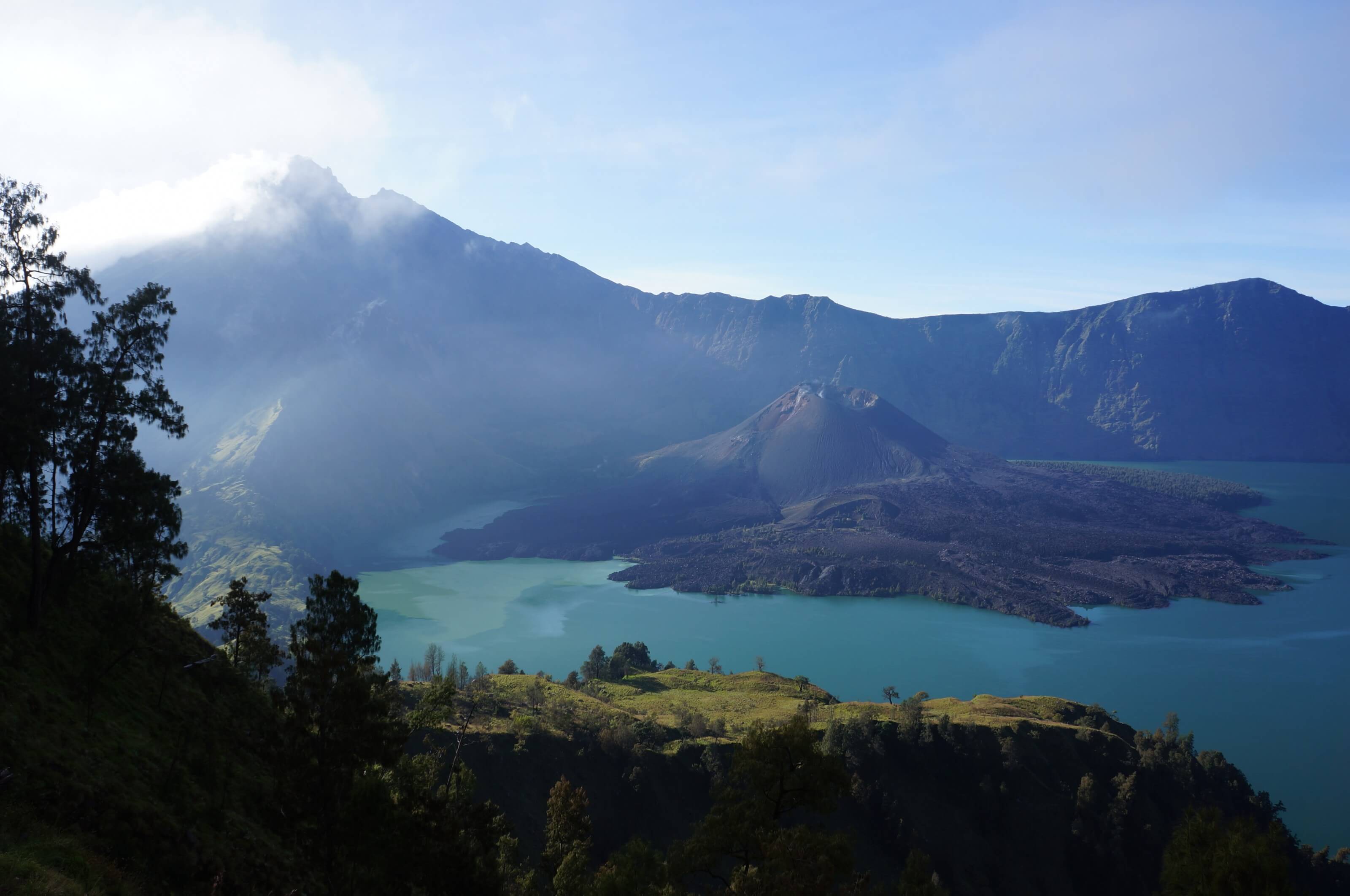
2
After enjoying the beaches of Kuta Lombok, what could be better than a trek to the 2nd highest volcano in Indonesia, Mount Rinjani?
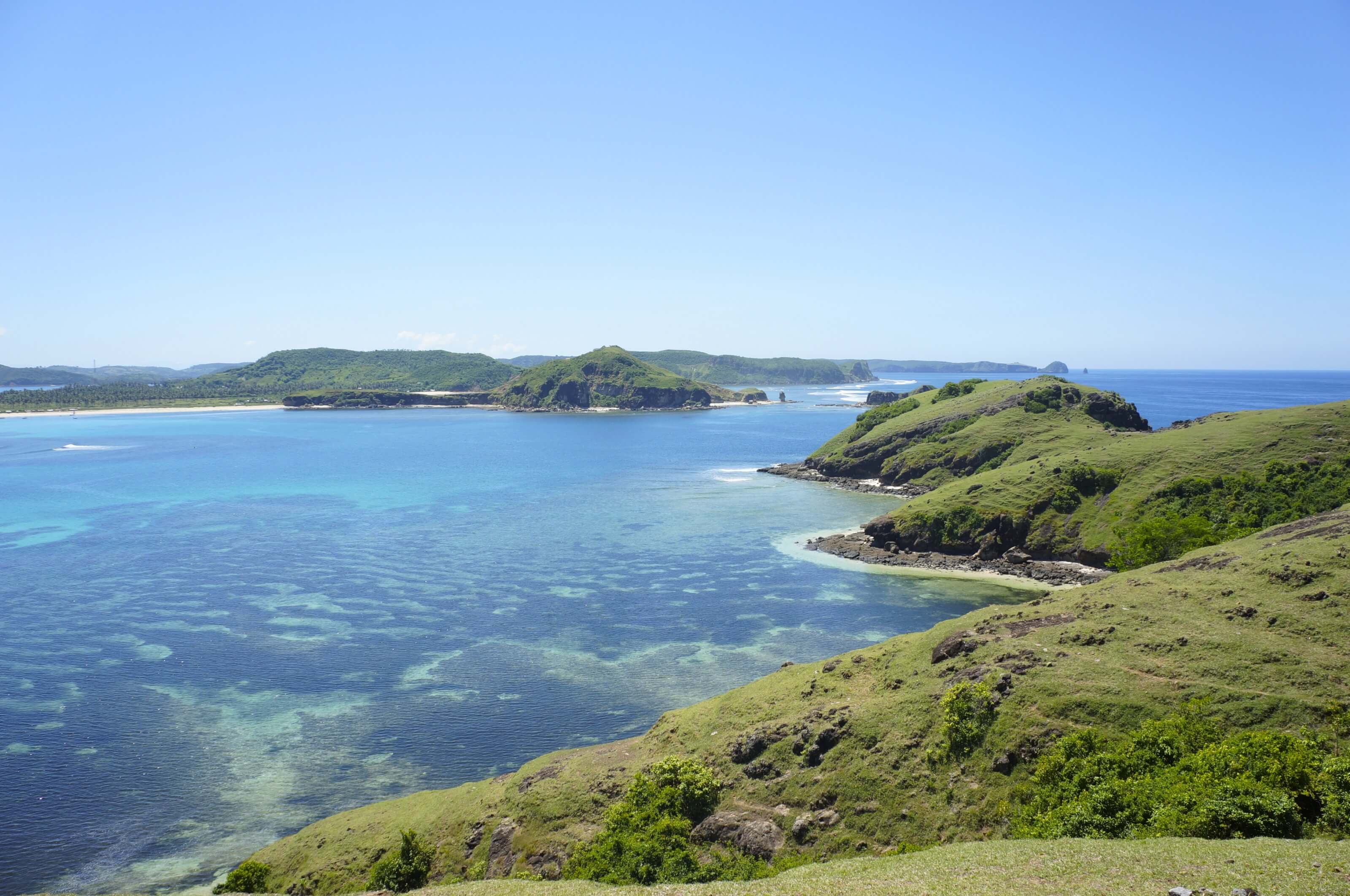
1
Between the sublime beaches of Kuta, the waterfalls, and the volcanoes, we bet that you will quickly want to travel to Indonesia, and Lombok in particular! We take you with us!